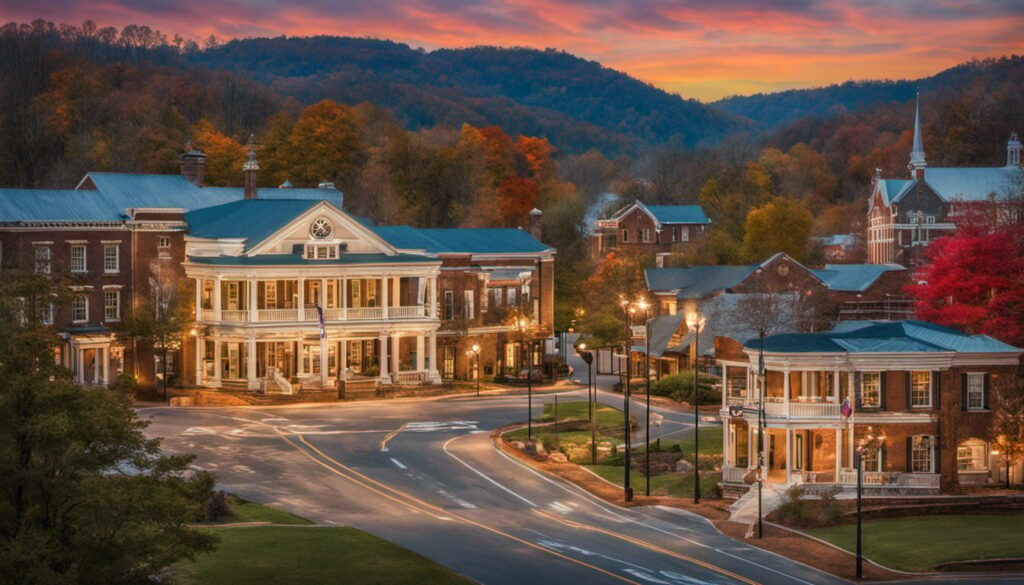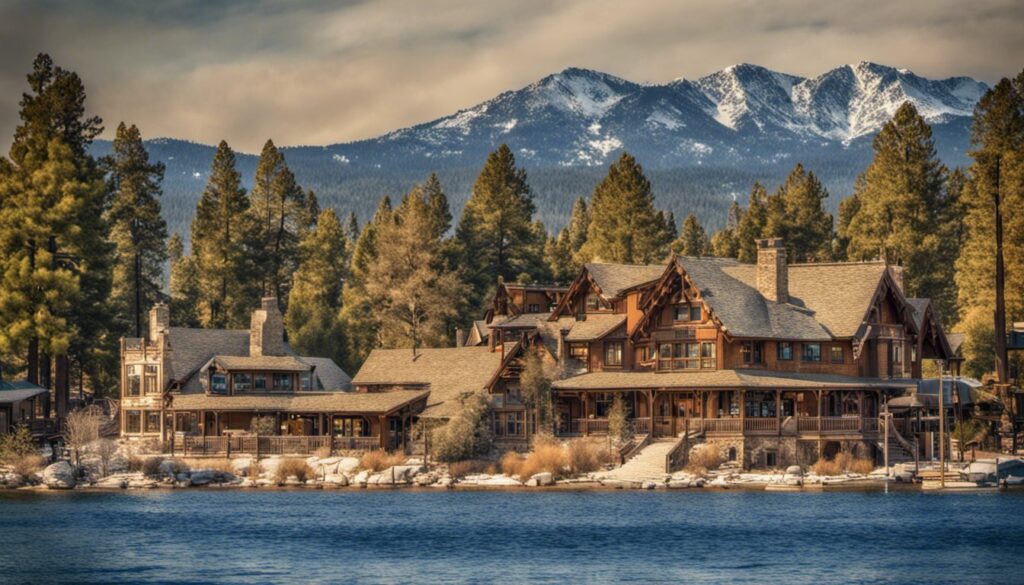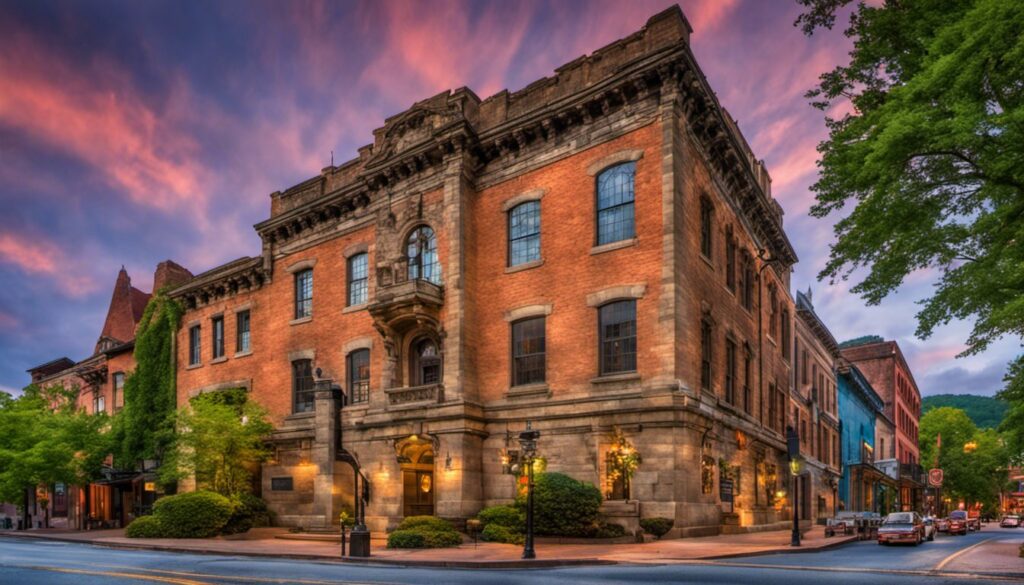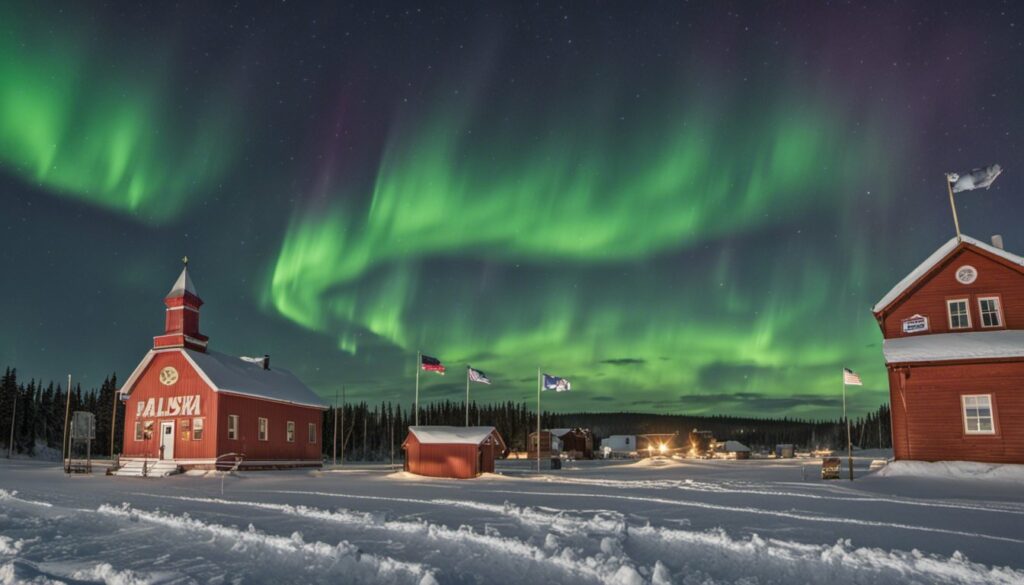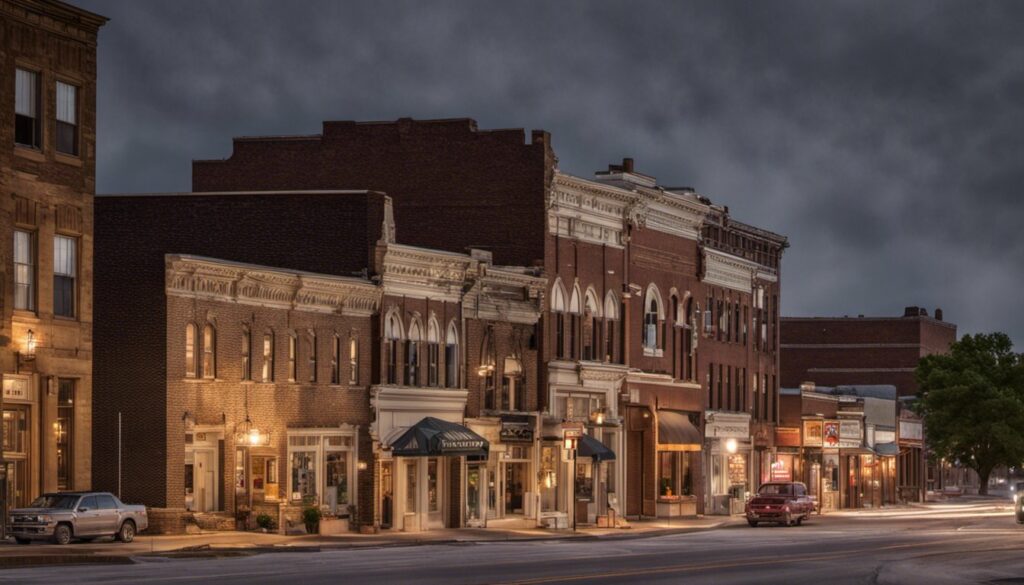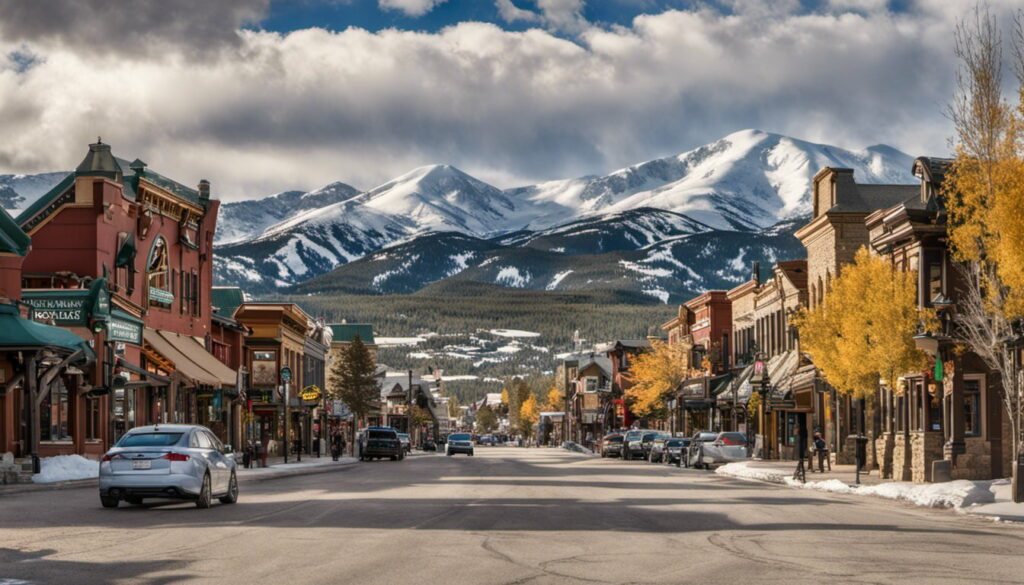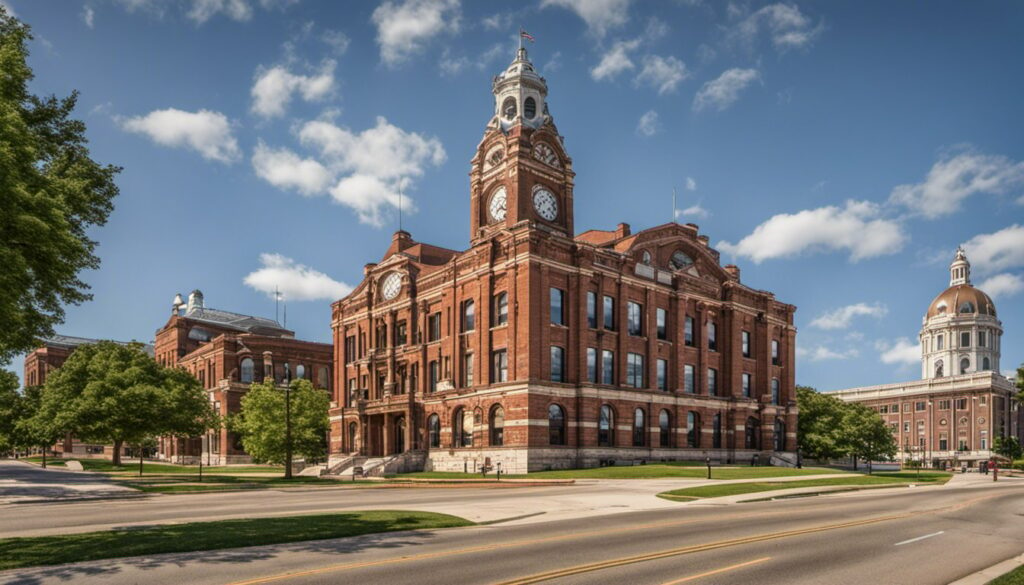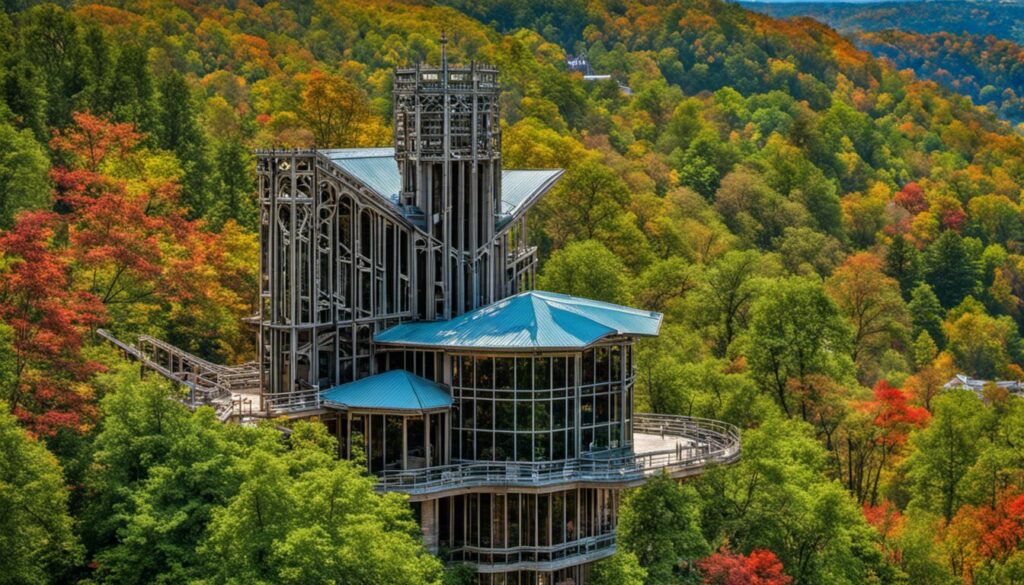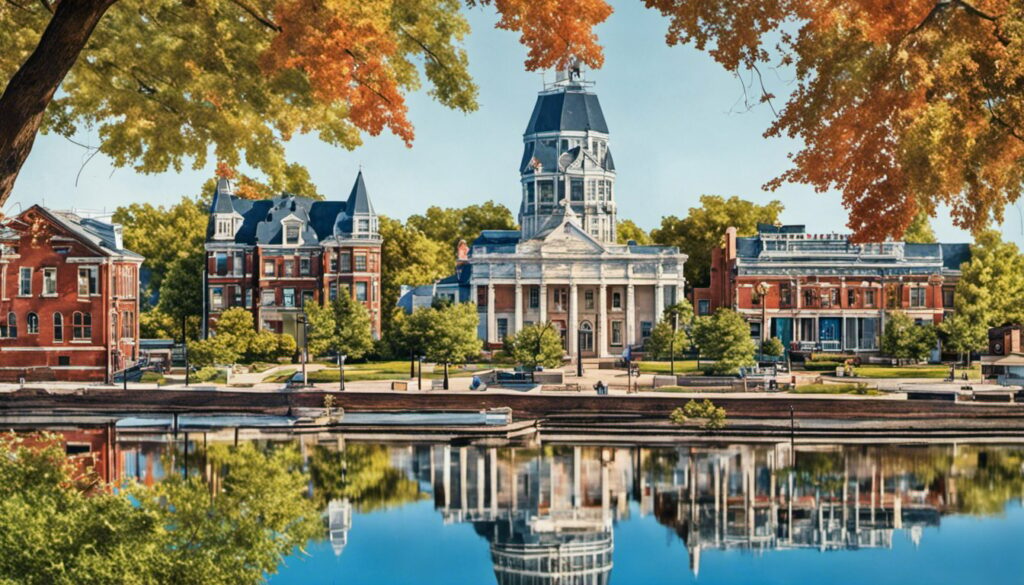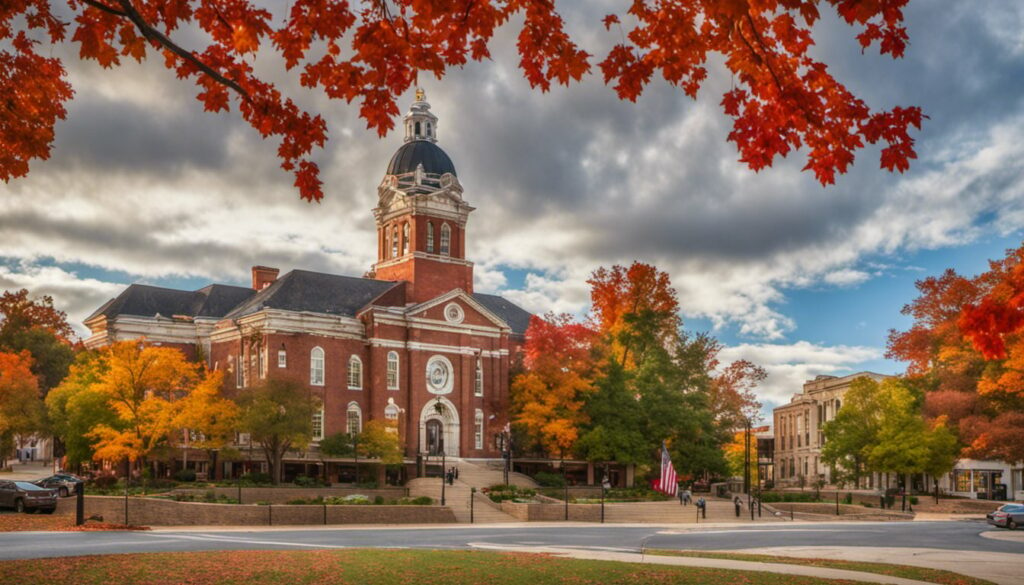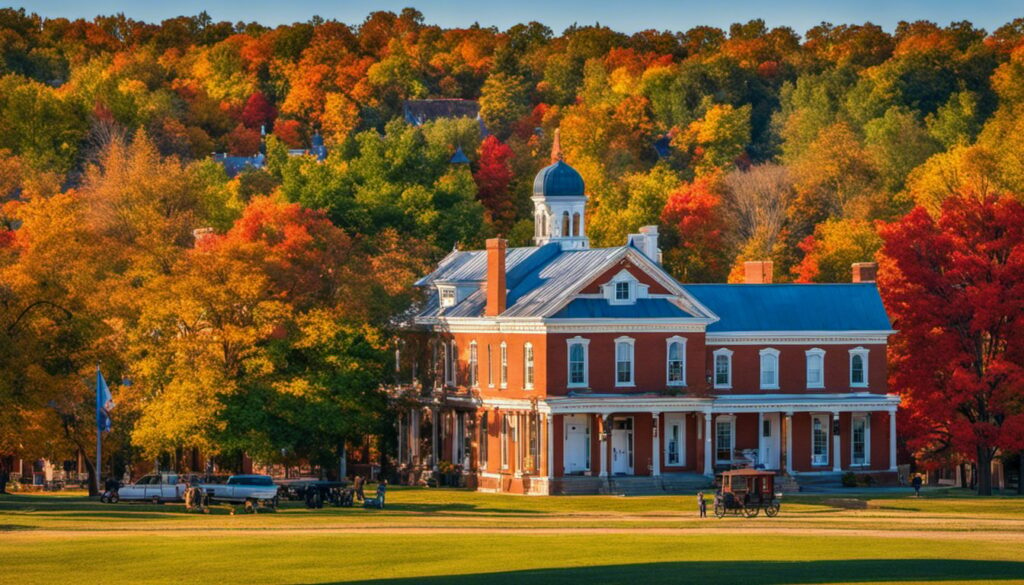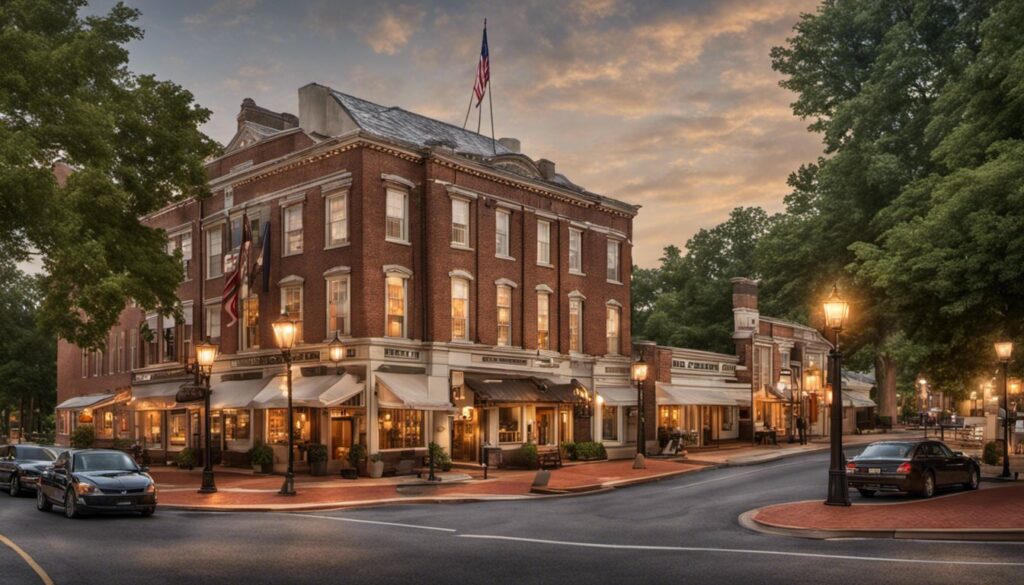Table Of Content
- Explore Cherokee, North Carolina: A Listicle of Historical Sites and Famous Landmarks
- Historical Background of Cherokee
- Famous Landmarks
- The Great Smoky Mountains
- Cherokee Arts and Performances
- Historical Events
- Tourism in Cherokee
- Cultural Practices
- Impact of Settlers
- Cherokee Language and Communication
- References
- Frequently Asked Questions
Explore Cherokee, North Carolina: A Listicle of Historical Sites and Famous Landmarks
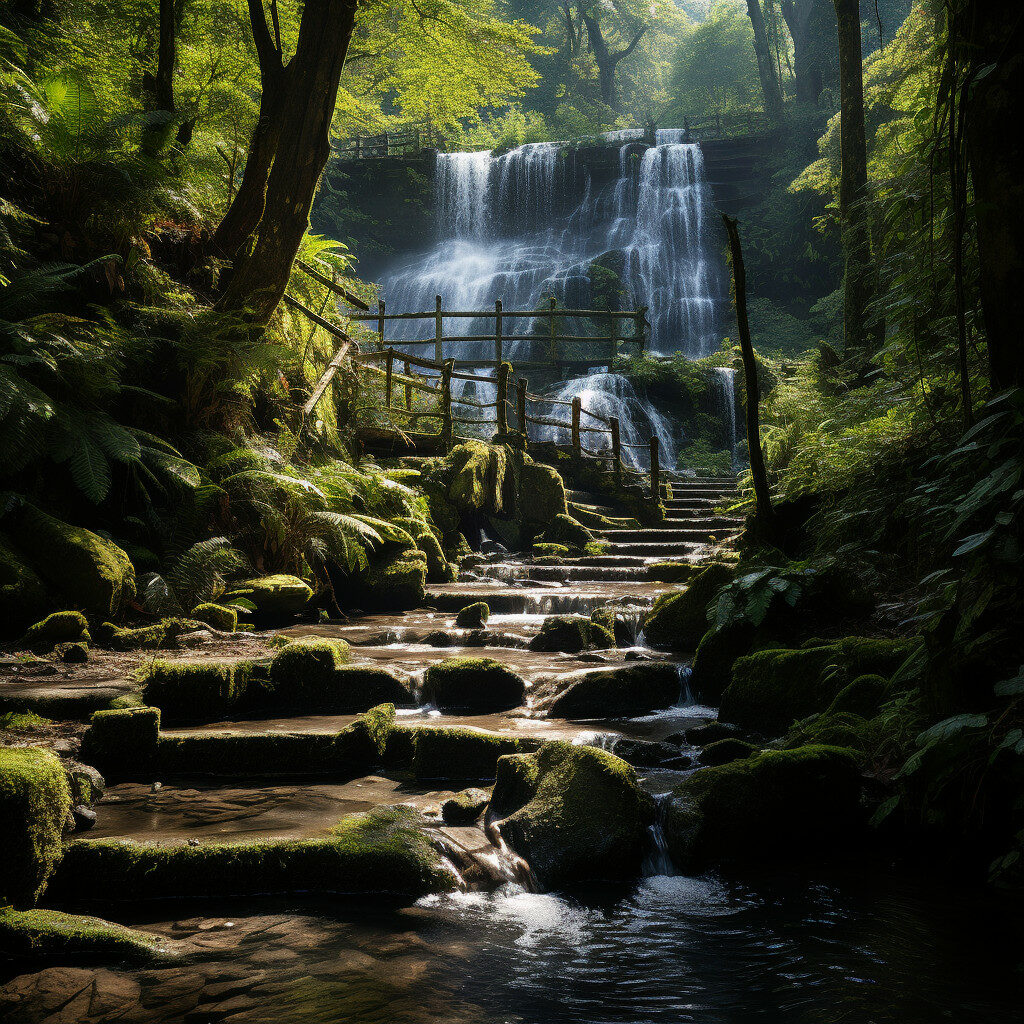
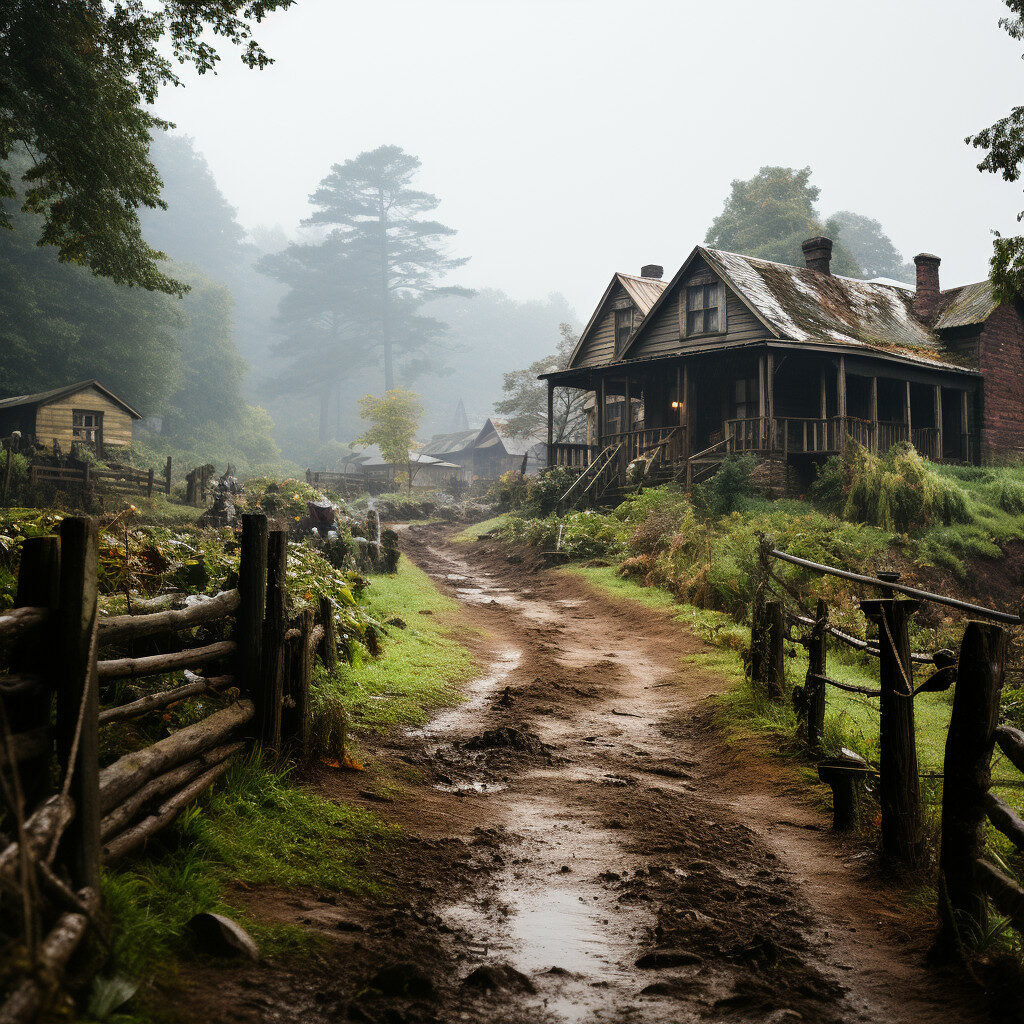
Are you planning a trip to Cherokee, North Carolina? If you are, you are in for a treat. Cherokee is a small town in the western part of North Carolina, and it is full of history, culture, and natural beauty. If you are interested in history and famous landmarks, Cherokee has plenty to offer. In this listicle, we will introduce you to some of the most interesting historical sites and famous landmarks in Cherokee, North Carolina.
Historically, Cherokee was home to the Cherokee Nation, a Native American tribe that had lived in the area for thousands of years. The Cherokee were known for their rich culture, which included storytelling, music, dance, and art. Today, Cherokee is a vibrant community that celebrates its history and culture through festivals, museums, and other events. If you want to learn more about the history of Cherokee, you can visit some of the town’s historical sites and landmarks.
Key Takeaways
- Cherokee, North Carolina is a town full of history, culture, and natural beauty.
- The town was home to the Cherokee Nation, a Native American tribe with a rich culture.
- Cherokee has many historical sites and famous landmarks that are worth visiting.
Historical Background of Cherokee
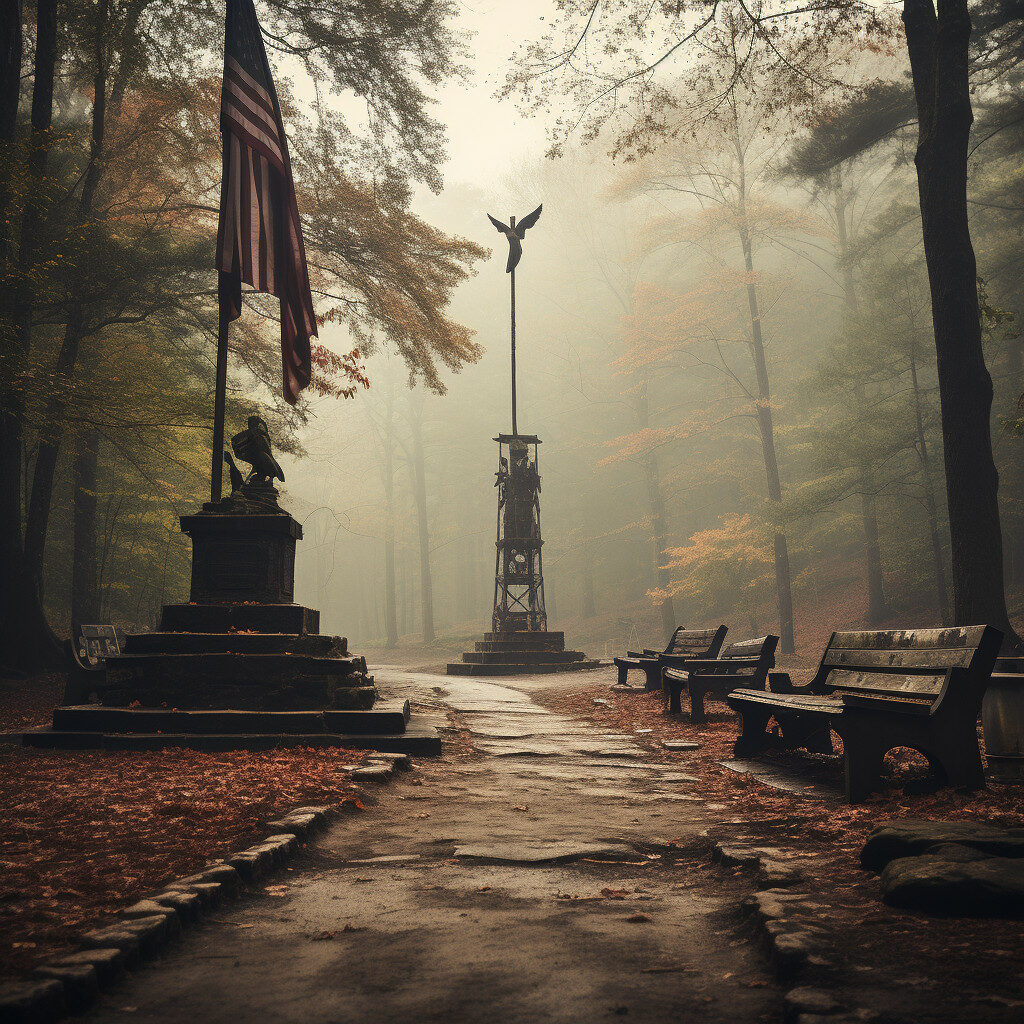
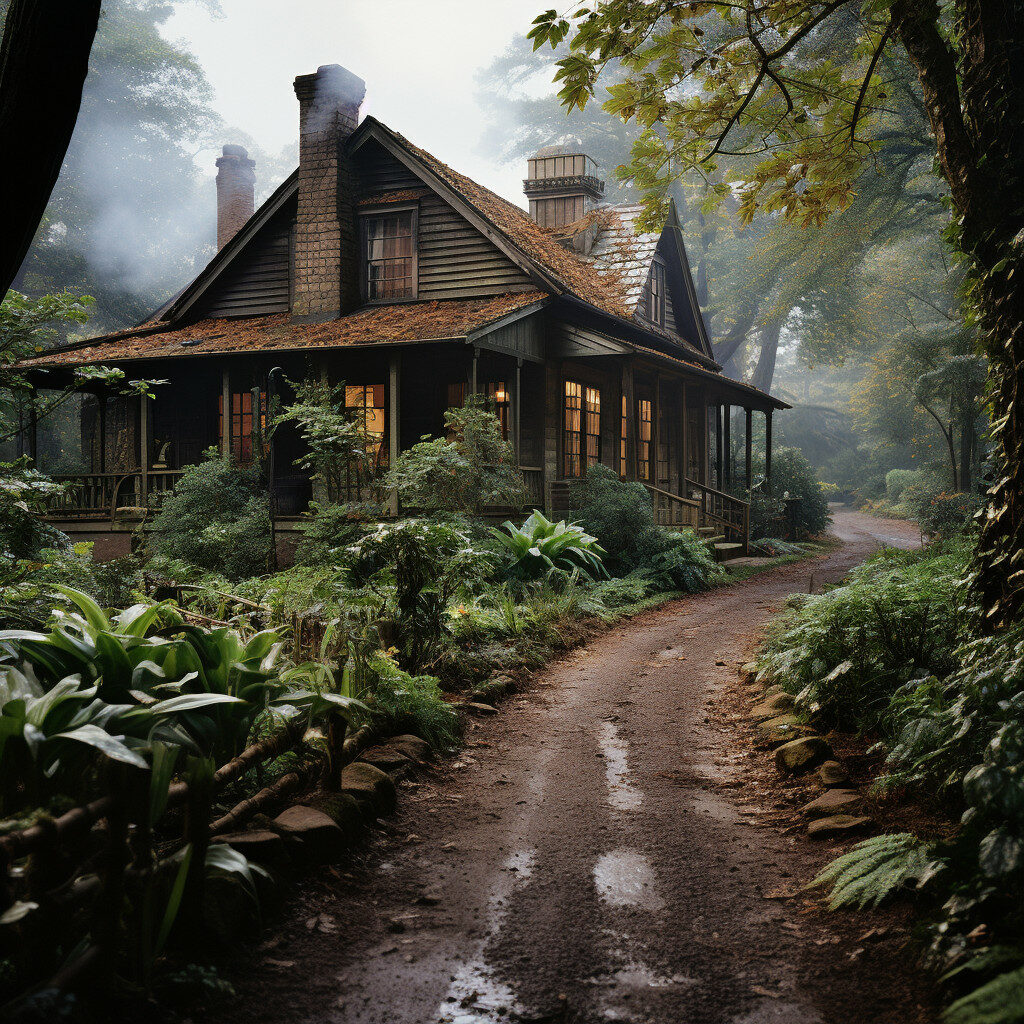
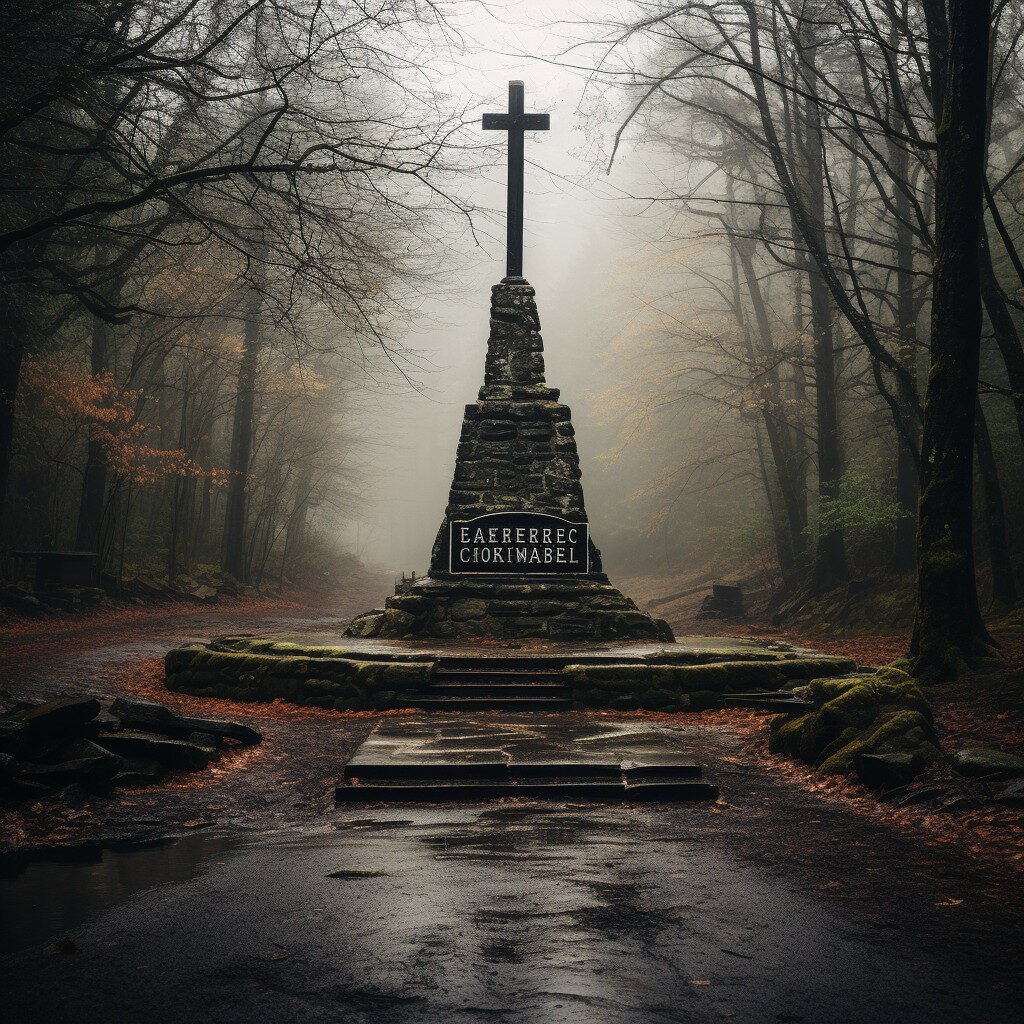
You are about to embark on a journey through the rich history of Cherokee, North Carolina. The Cherokee people are members of the Iroquoian language-family of North American indigenous peoples and are believed to have migrated in ancient times from the Great Lakes area, where most of such language families were located. The migration is recounted in their oral history.
The Cherokee people have a long and complex history that dates back thousands of years. They have a rich cultural heritage that includes art, music, storytelling, and dance. The Cherokee people were skilled farmers, hunters, and fishermen, and they lived in harmony with the land. They were also skilled in metallurgy, weaving, and pottery.
In the 18th century, the Cherokee people were one of the largest and most politically integrated tribes in North America. They had a complex social and political system, and their culture was rich and diverse. However, their way of life was threatened by the arrival of European settlers in the southeastern United States.
In 1830, the United States government passed the Indian Removal Act, which forced the Cherokee people to leave their ancestral lands and move to Indian Territory in what is now Oklahoma. This forced migration, known as the Trail of Tears, resulted in the deaths of thousands of Cherokee people.
Despite this tragedy, the Cherokee people persevered and maintained their cultural identity. Today, the Eastern Band of Cherokee Indians is a sovereign nation with its own government and laws. The Cherokee Indian Reservation is located in the southern Appalachia region of the United States, and it is home to over 14,000 enrolled members of the Eastern Band.
One of the most remarkable achievements of the Cherokee people is the creation of the Cherokee syllabary. Sequoyah, a Cherokee Native, devised the Cherokee syllabary, a Cherokee language writing system. This system enabled the Cherokee people to read and write in their own language, and it has played a significant role in preserving Cherokee culture and heritage.
As you explore the historical sites and famous landmarks in Cherokee, North Carolina, you will discover the rich and complex history of this remarkable people. From the bravery of Tsali, who sacrificed his life to protect his people, to the resilience of the Cherokee people in the face of adversity, the history of Cherokee is a testament to the strength and endurance of the human spirit.
Famous Landmarks
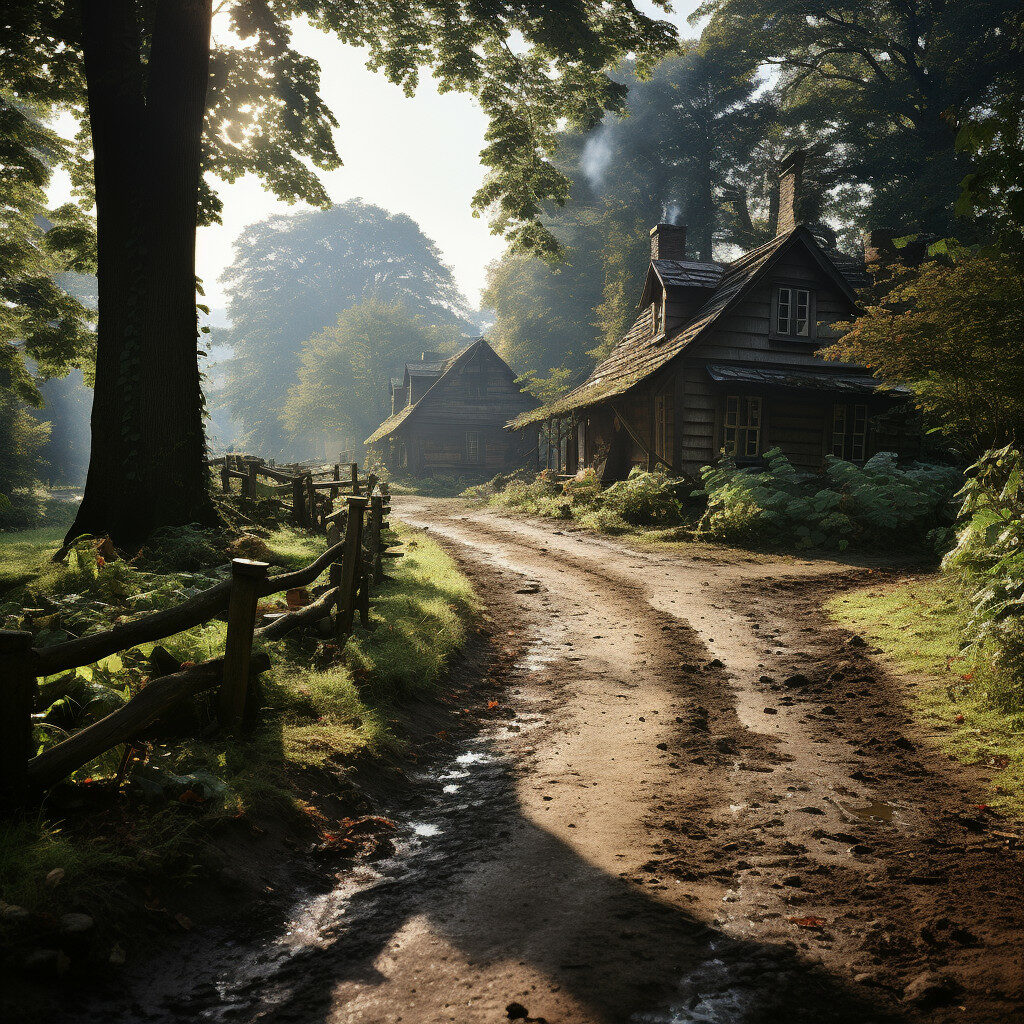
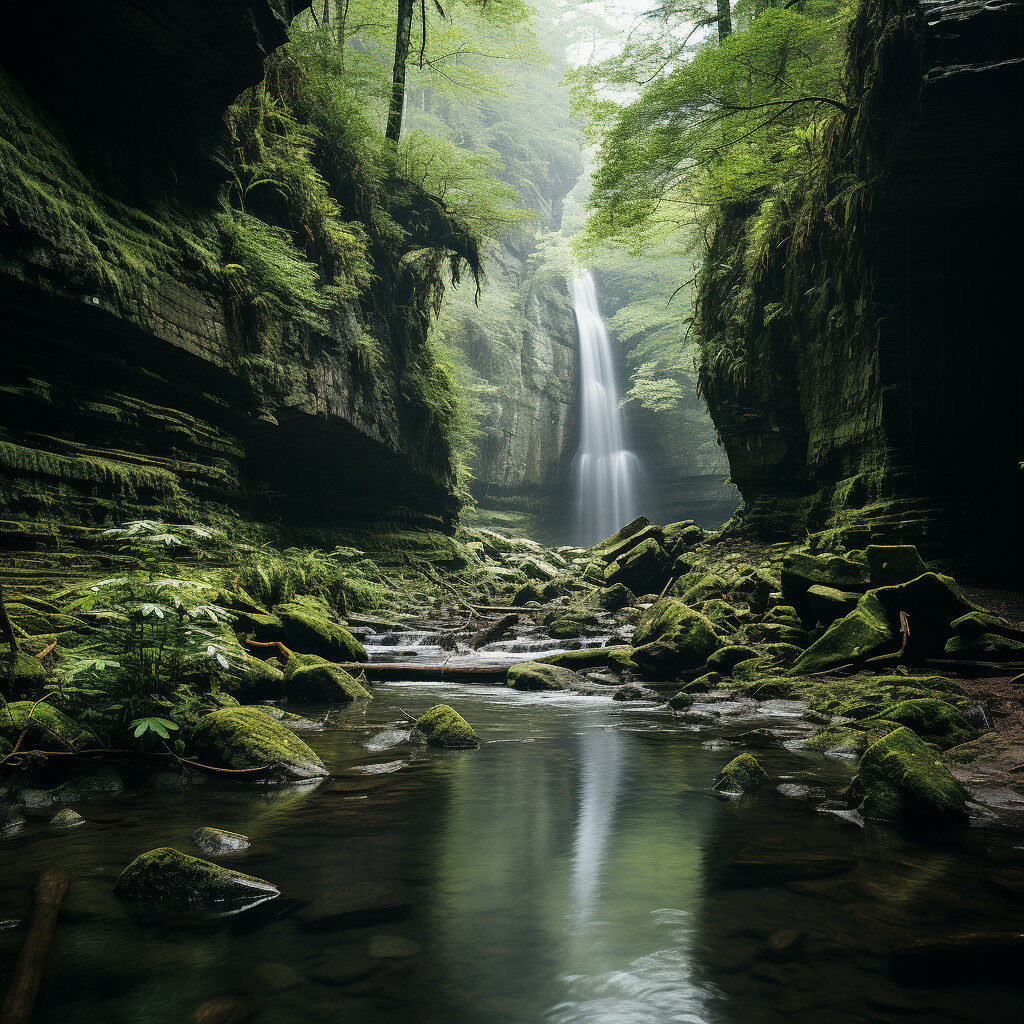
Cherokee, North Carolina is home to several famous landmarks that are steeped in history and culture. Here are just a few of the must-visit landmarks that you should add to your itinerary:
Oconaluftee Indian Village
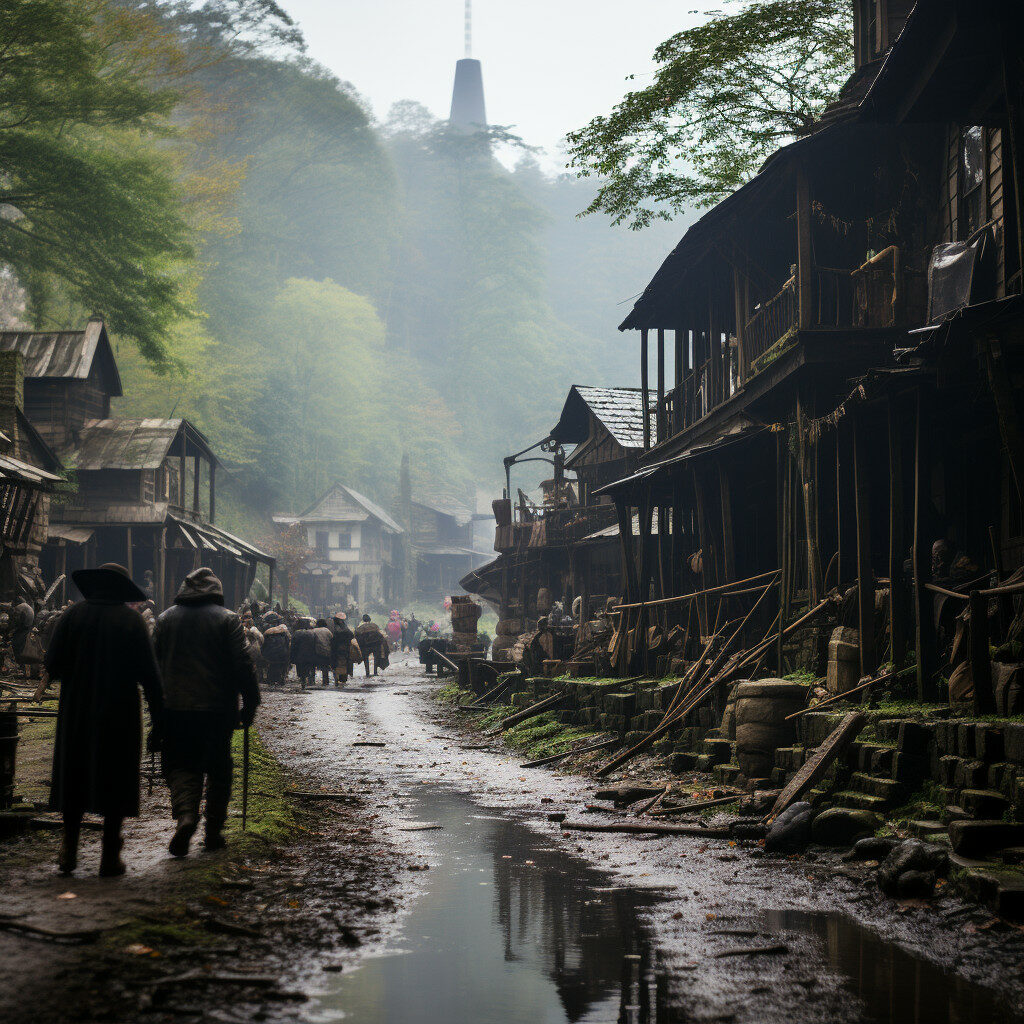
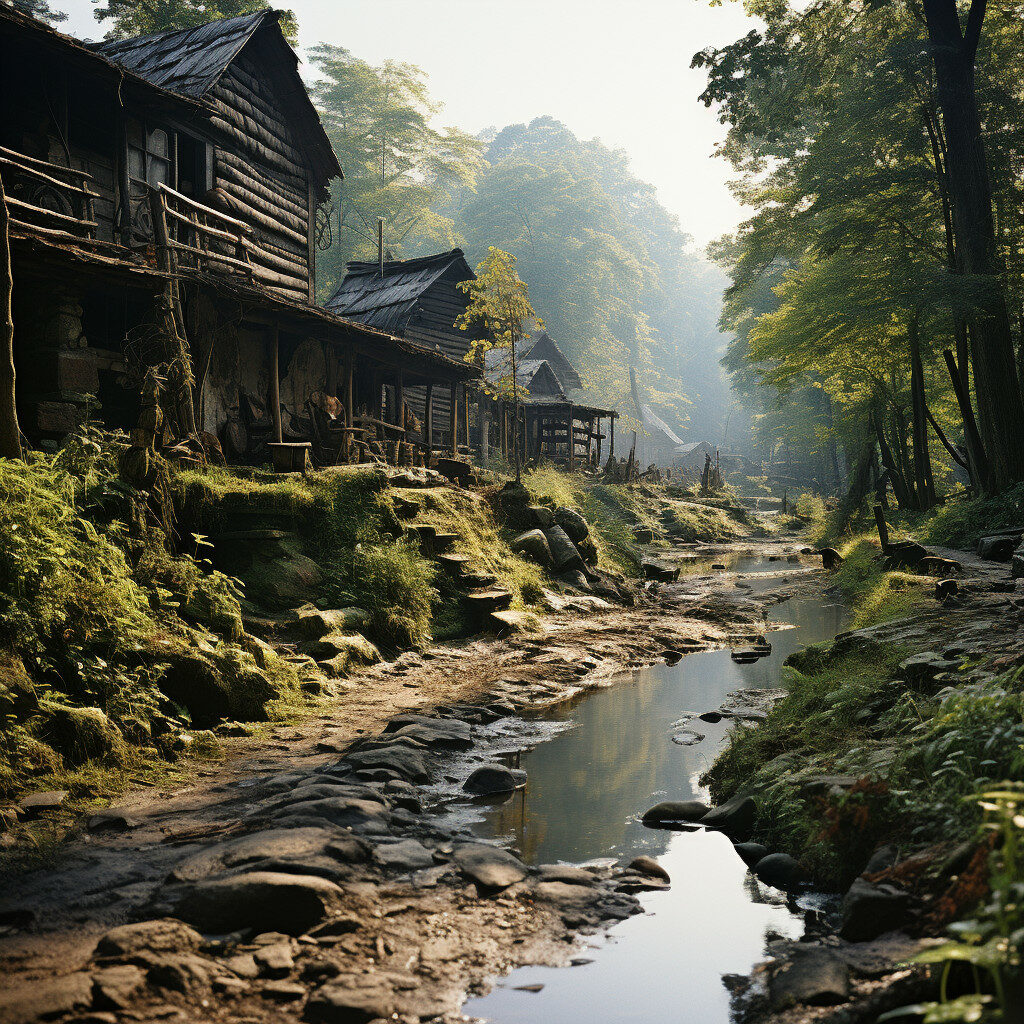
Step back in time and experience Cherokee life as it was in the 18th century at the Oconaluftee Indian Village. This living history museum is located on the Qualla Boundary, and it offers visitors the chance to see traditional Cherokee dwellings, demonstrations of traditional crafts, and even a chance to interact with costumed interpreters who bring the past to life.
Museum of The Cherokee Indian
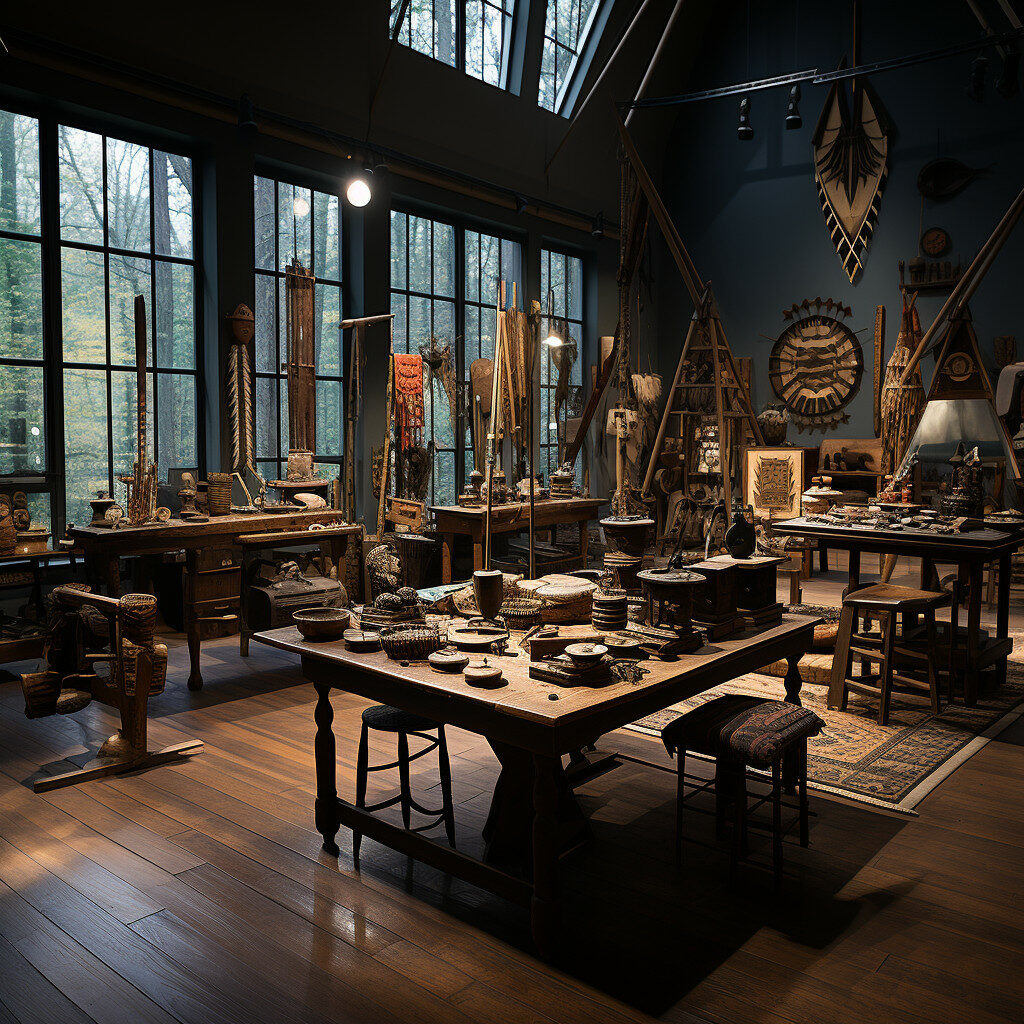
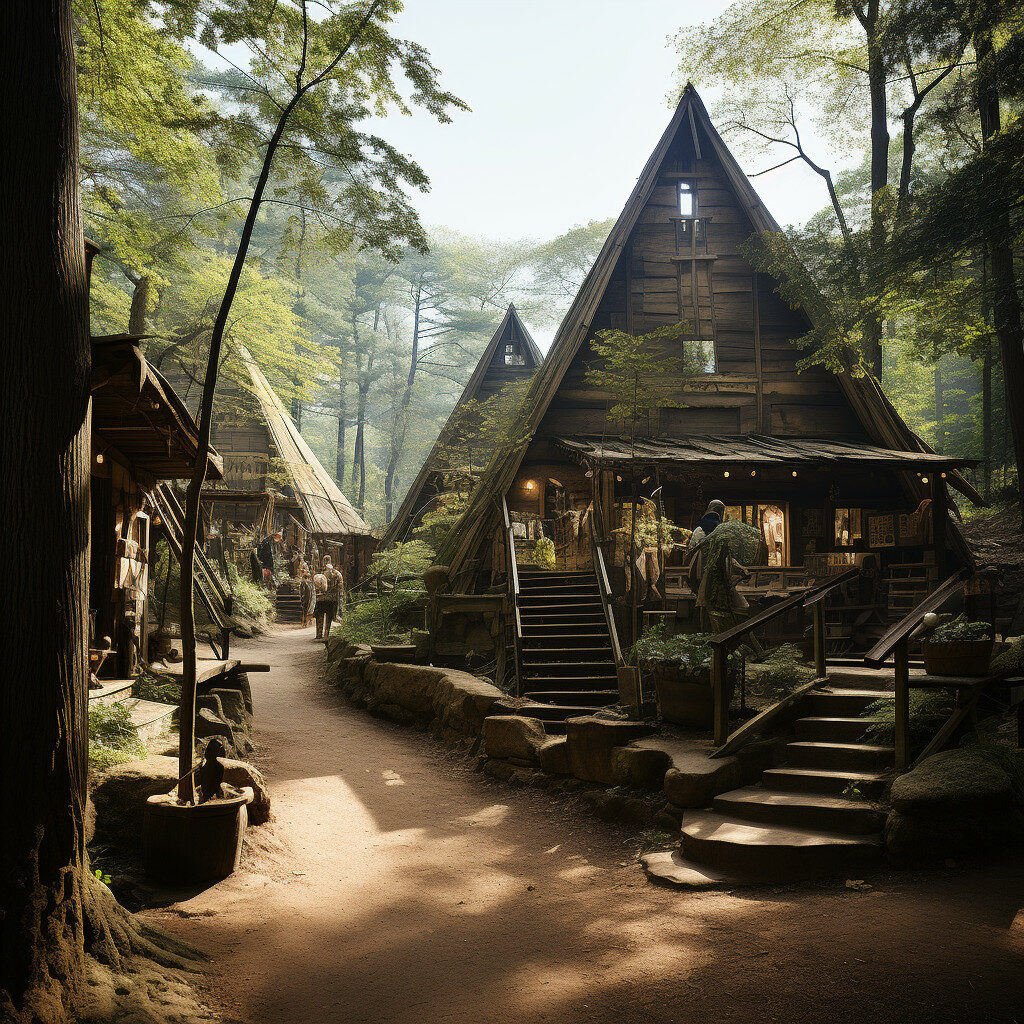
The Museum of the Cherokee Indian is a must-see for anyone interested in Cherokee history and culture. The museum has a vast collection of artifacts, exhibits, and multimedia presentations that tell the story of the Cherokee people from ancient times to the present day. You can learn about the Cherokee language, religion, customs, and much more.
Unto These Hills
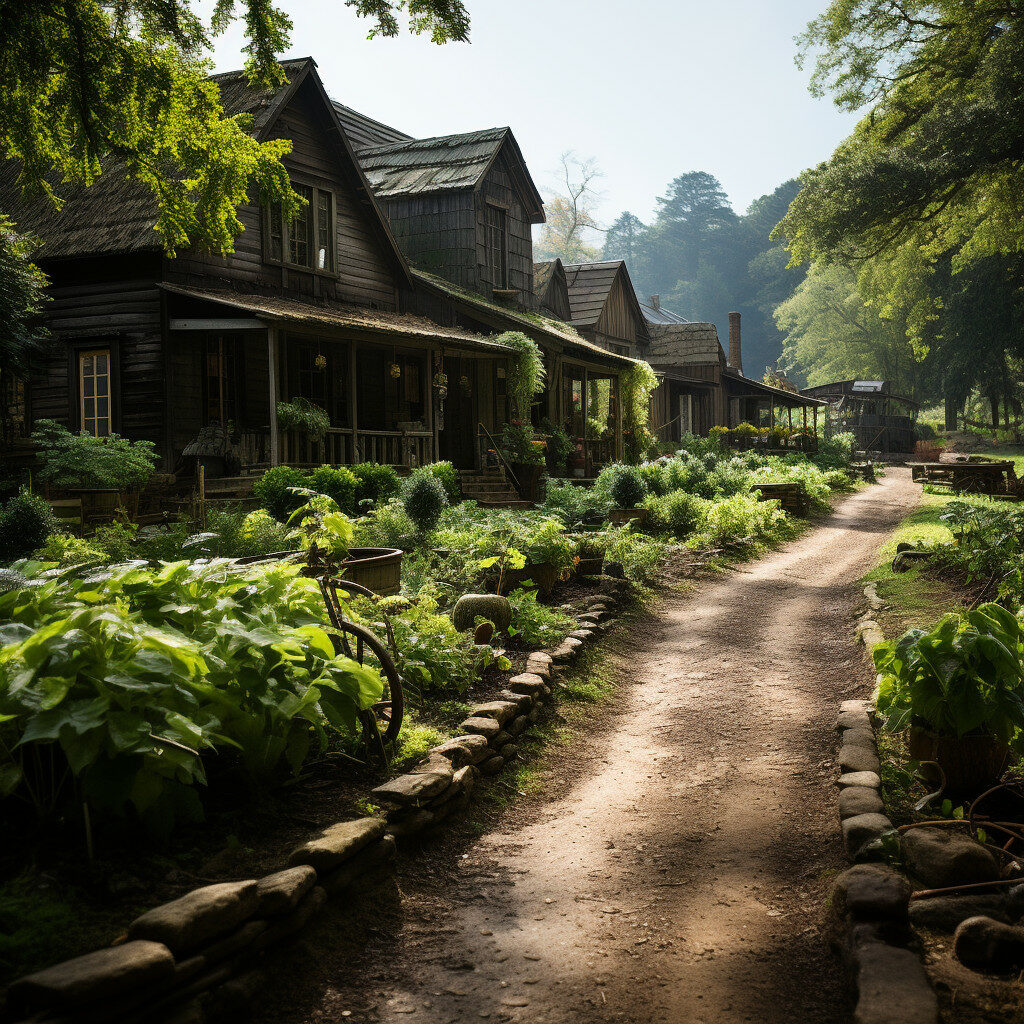
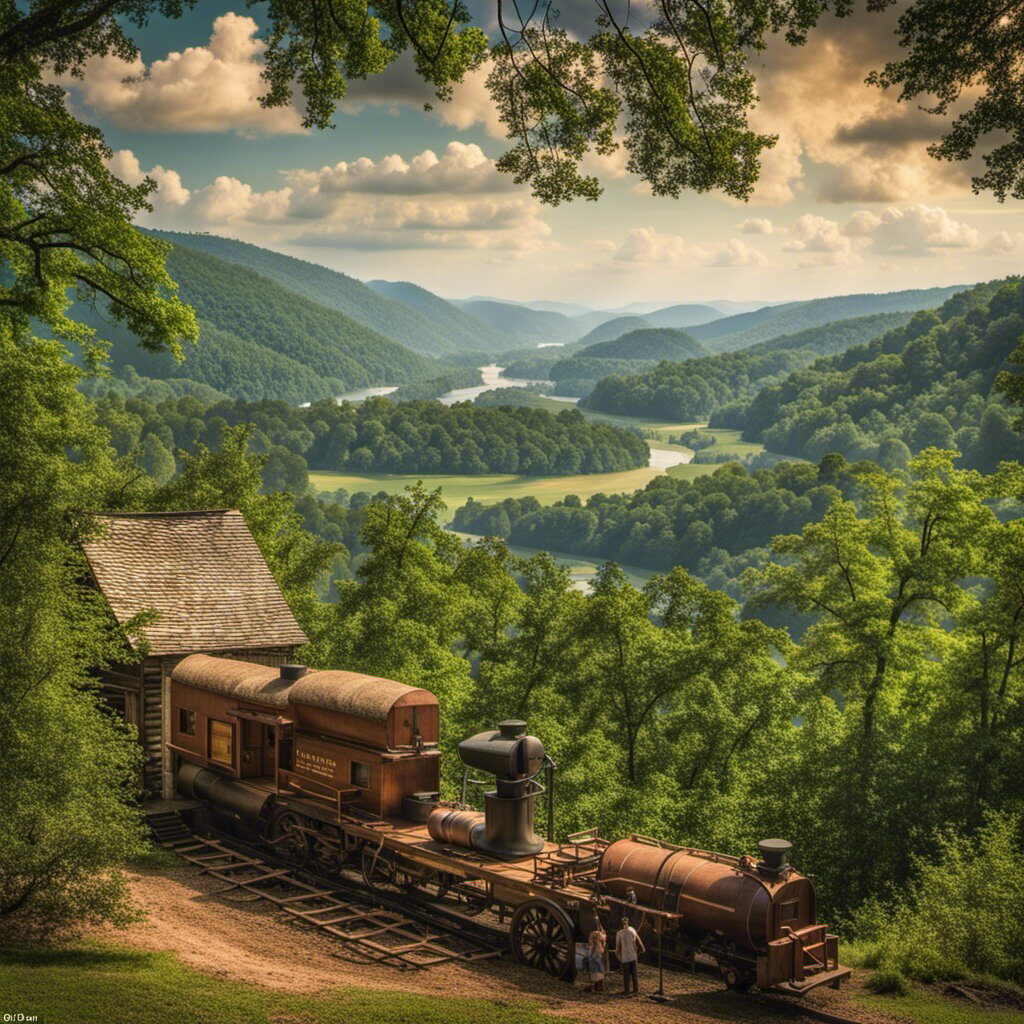
Unto These Hills is an outdoor drama that has been performed in Cherokee since 1950. The show tells the story of the Cherokee people from the arrival of Europeans to the forced removal of the Cherokee on the Trail of Tears. The show is performed in an outdoor amphitheater, and it features live actors, music, and stunning special effects.
Harrah’s Cherokee Casino Resort


If you’re looking for a little excitement, Harrah’s Cherokee Casino Resort is the place to be. The casino features over 3,000 slot machines, table games, and a poker room. You can also enjoy live entertainment, fine dining, and luxury accommodations at the resort.
Mingo Falls
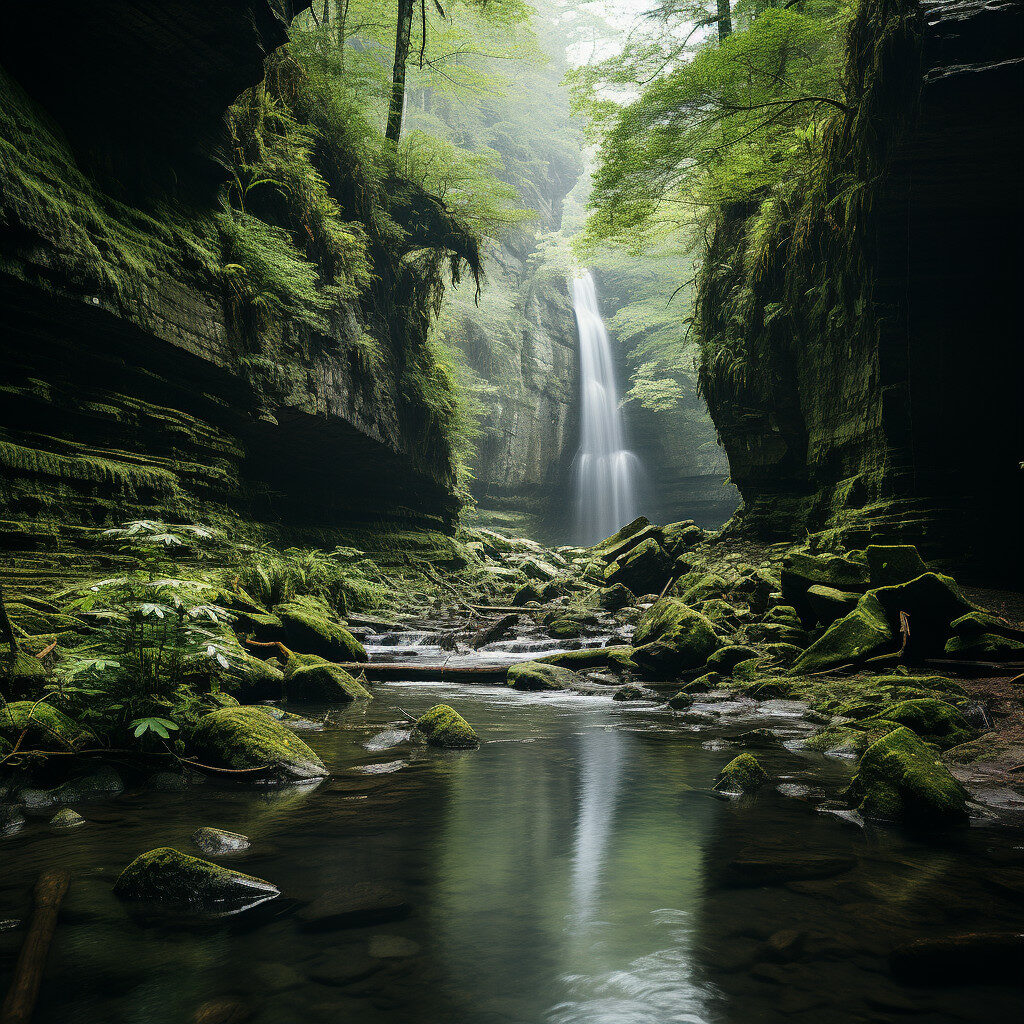
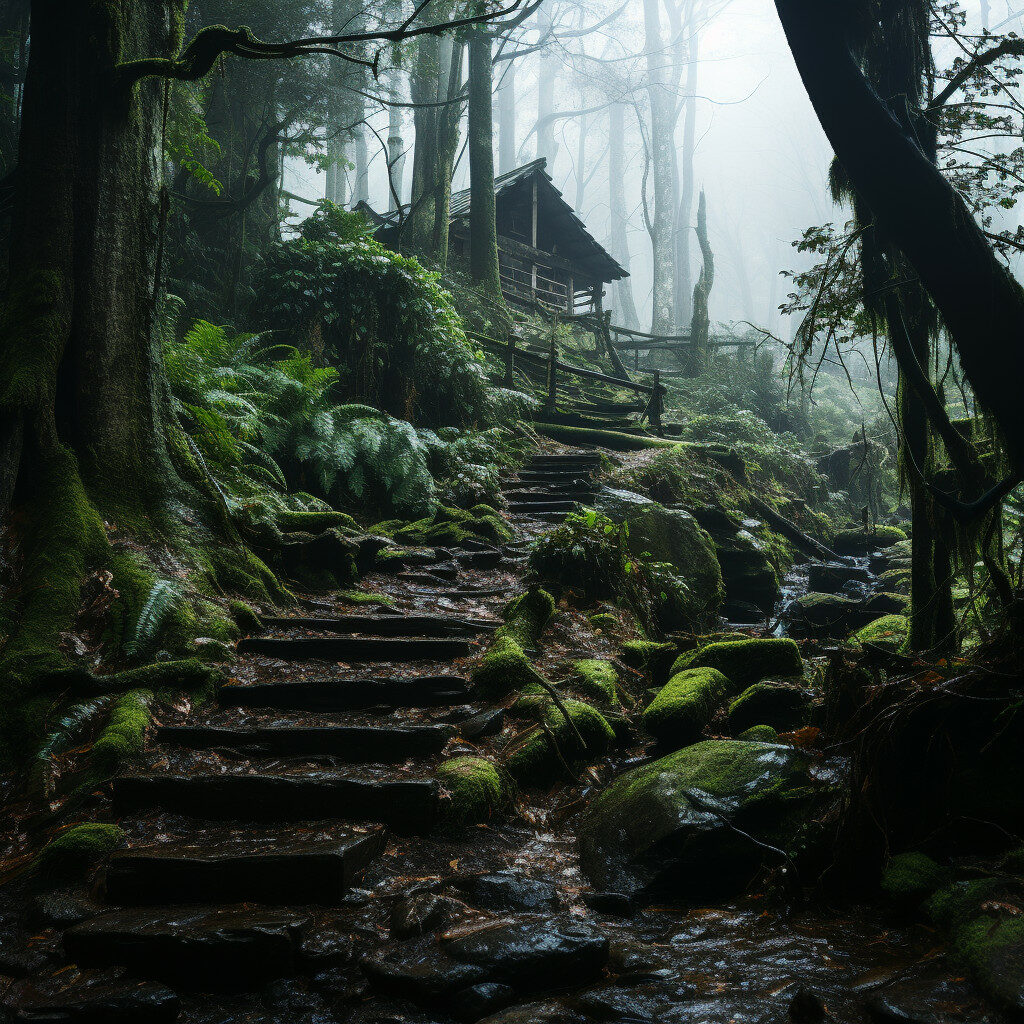
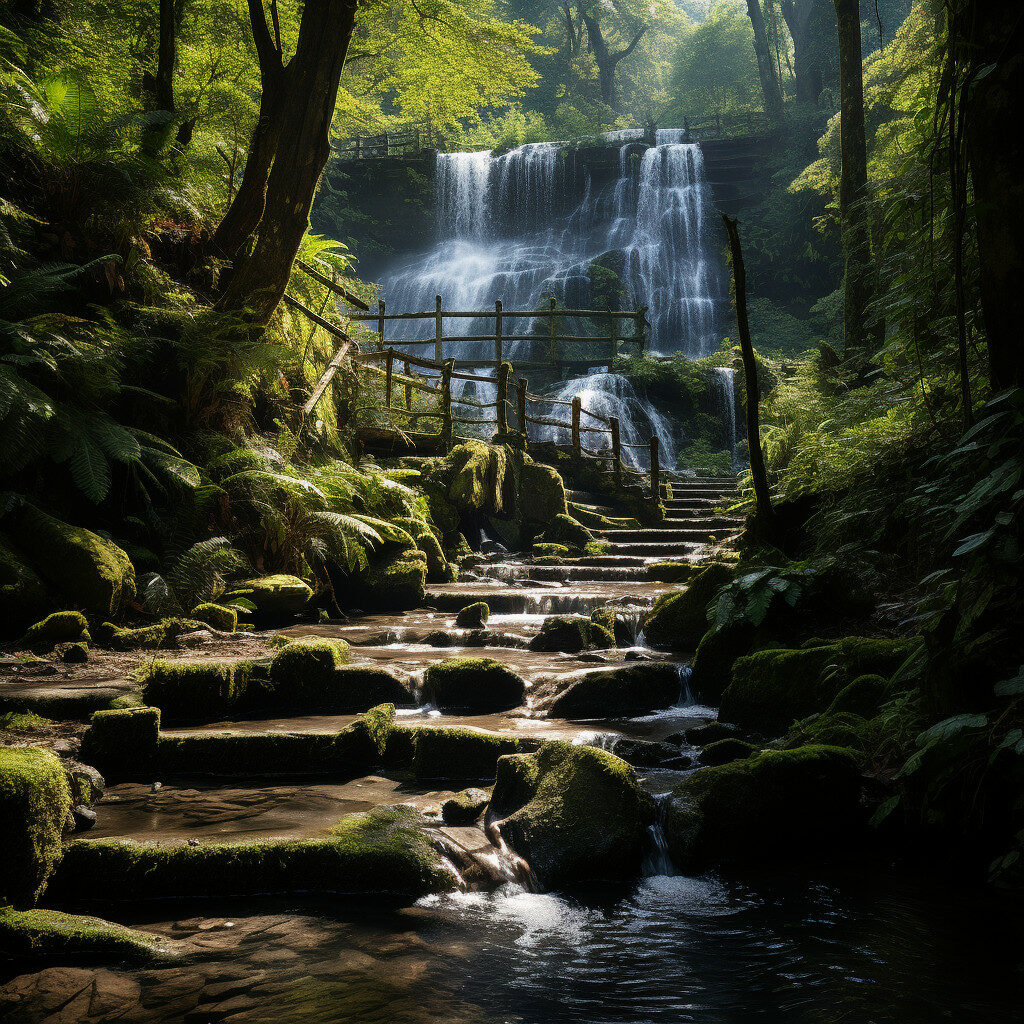
Located just a short drive from Cherokee, Mingo Falls is a stunning 120-foot waterfall that is a must-visit for nature lovers. The falls are located in the Qualla Boundary, and they are easily accessible via a short hike. The waterfall is surrounded by lush forest, and it’s a great spot for a picnic or a photo op.
These famous landmarks are just a few of the many reasons to visit Cherokee, North Carolina. Whether you’re interested in history, culture, or just having fun, there’s something for everyone in Cherokee.
The Great Smoky Mountains
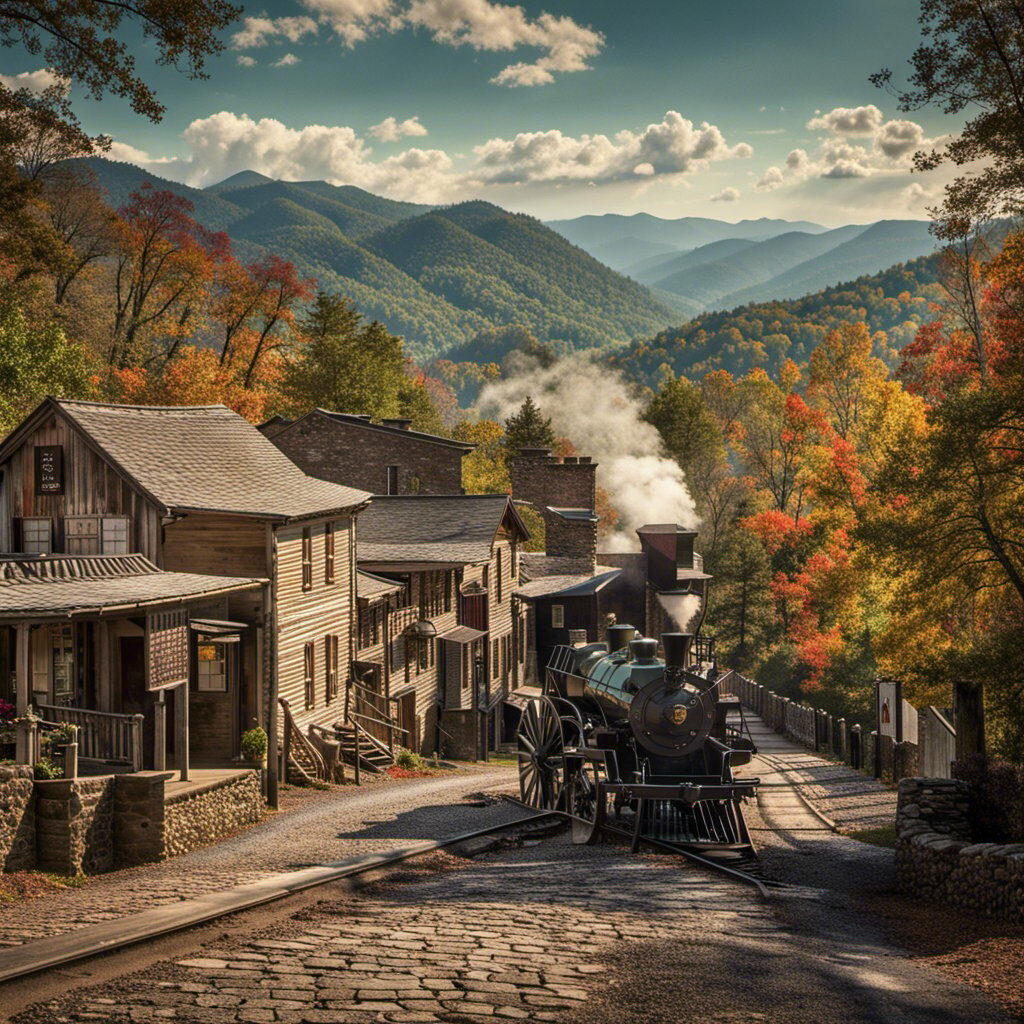
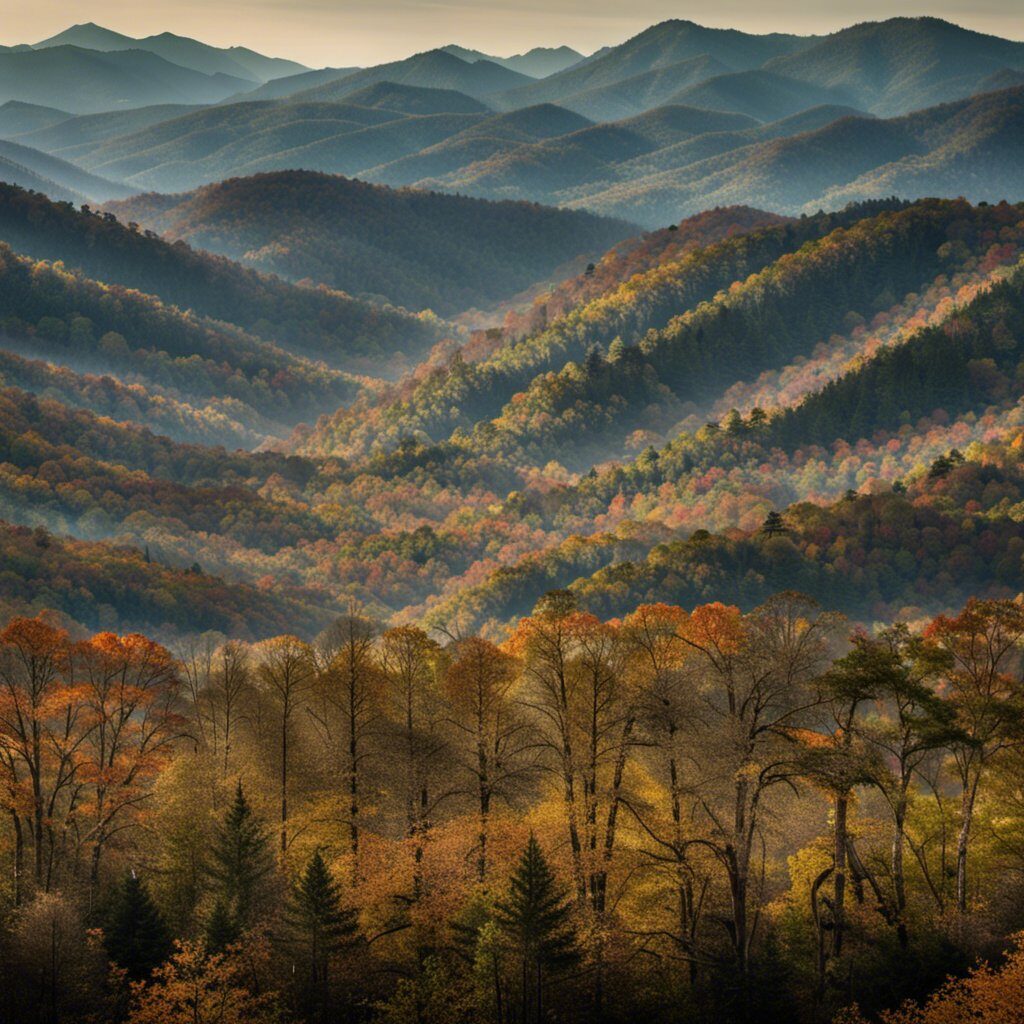
You can’t talk about Cherokee, North Carolina, without mentioning the Great Smoky Mountains. This famous mountain range spans across North Carolina and Tennessee and is home to the Great Smoky Mountains National Park, which attracts millions of visitors every year.
The Great Smoky Mountains National Park is a must-visit destination for anyone in Cherokee. The park offers a variety of activities, including hiking, camping, fishing, and wildlife viewing. You can explore the park’s many trails, which range from easy walks to strenuous hikes, and take in the breathtaking views of the mountains and valleys.
One of the best ways to experience the Great Smoky Mountains is by driving along the Blue Ridge Parkway. This scenic drive offers stunning views of the mountains and takes you through some of the park’s most beautiful areas. Keep an eye out for elk, which can often be spotted grazing along the parkway.
If you’re lucky, you might even catch a glimpse of the park’s famous elk herd. The Great Smoky Mountains National Park is home to one of the largest elk populations in the eastern United States, and these majestic animals can often be seen grazing in the park’s meadows and valleys.
Overall, the Great Smoky Mountains are a must-see destination for anyone visiting Cherokee, North Carolina. Whether you’re a nature lover, an outdoor enthusiast, or just looking for a peaceful escape, the Great Smoky Mountains National Park has something for everyone. So pack your bags, hit the road, and get ready to experience the beauty and wonder of the Great Smoky Mountains.
Cherokee Arts and Performances
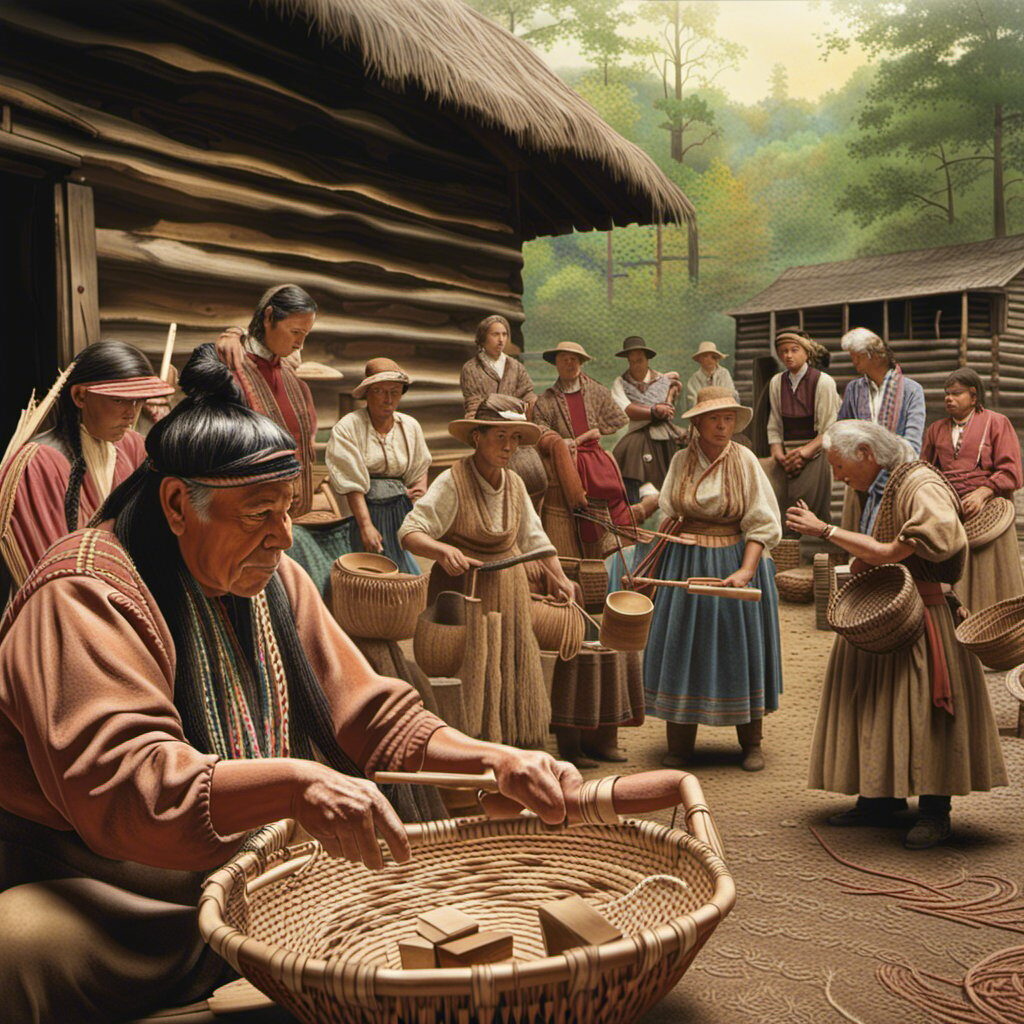
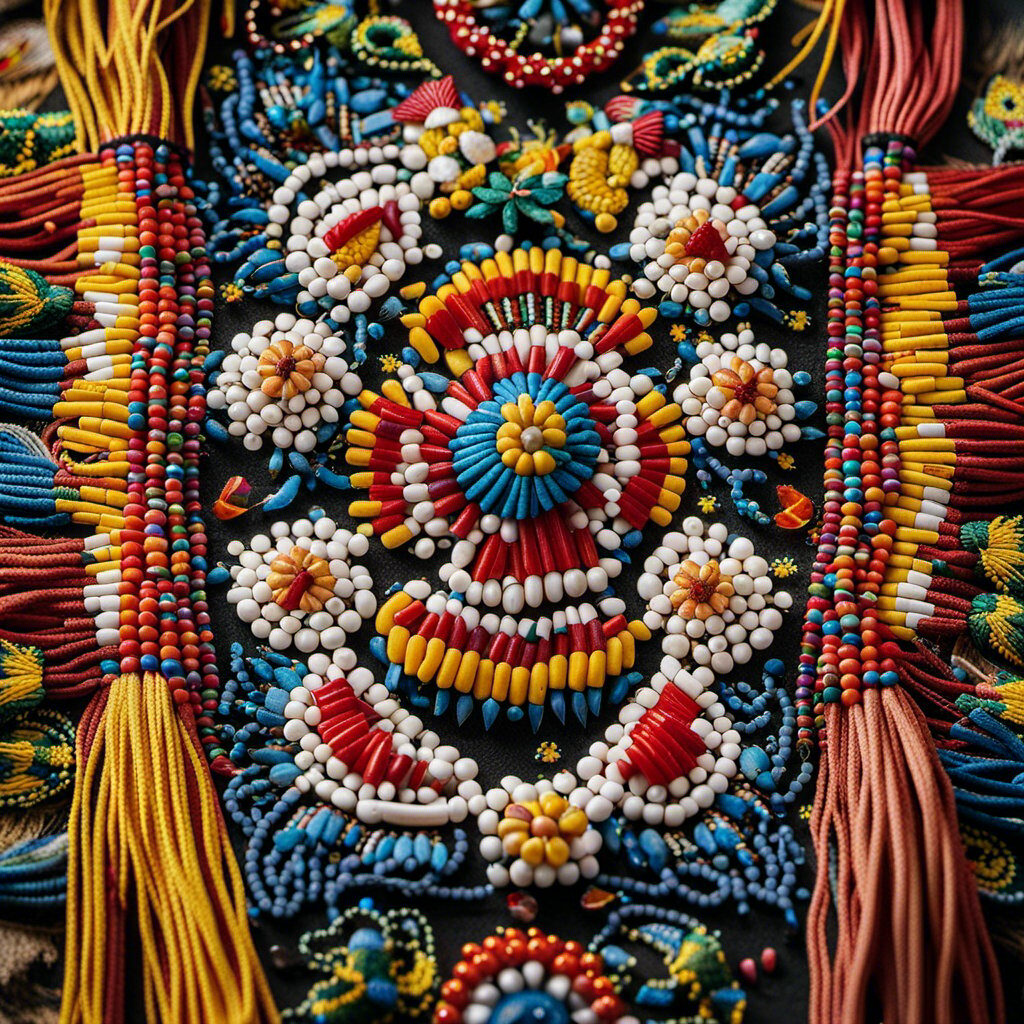
If you’re interested in experiencing Cherokee culture through art and performance, you’re in luck! Cherokee, North Carolina has a rich history of artistic expression and performances that are sure to leave you in awe.
One of the most popular art forms in Cherokee is beadwork. Cherokee beadwork is known for its intricate designs and vibrant colors. You can see examples of this art form at the Museum of the Cherokee Indian, which has a collection of over 400 beadwork pieces. You can also purchase beadwork from local artisans at the Qualla Arts and Crafts Mutual, Inc.
In addition to beadwork, Cherokee is also known for its dances and ceremonies. The Cherokee people have a long history of dance, and many of these dances are still performed today. The most well-known dance is the Eagle Dance, which is performed during the annual Cherokee Indian Fair. Other dances include the Bear Dance, the Friendship Dance, and the War Dance.
If you’re interested in outdoor drama, you won’t want to miss “Unto These Hills.” This drama tells the story of the Cherokee people, from their first contact with Europeans to the forced removal on the Trail of Tears. The drama is performed at the Mountainside Theatre and features a cast of over 100 actors.
Finally, Cherokee is home to a thriving arts community. You can see the work of local artists at the Qualla Arts and Crafts Mutual, Inc. and the Cherokee Heritage Center. The Cherokee Heritage Center also offers classes in traditional Cherokee arts, such as basket weaving and pottery.
Overall, Cherokee, North Carolina is a great place to experience Cherokee culture through art and performance. Whether you’re interested in beadwork, dance, outdoor drama, or the arts in general, Cherokee has something for you.
Historical Events
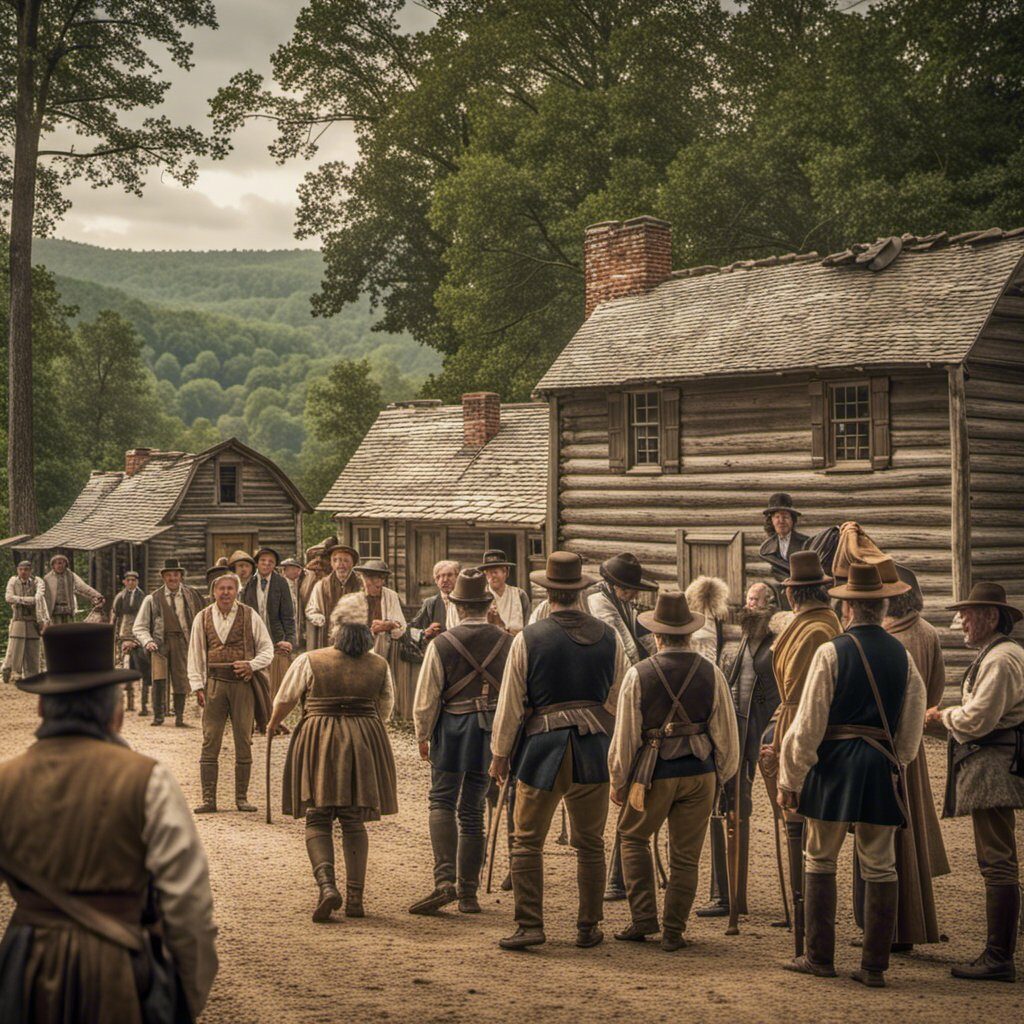
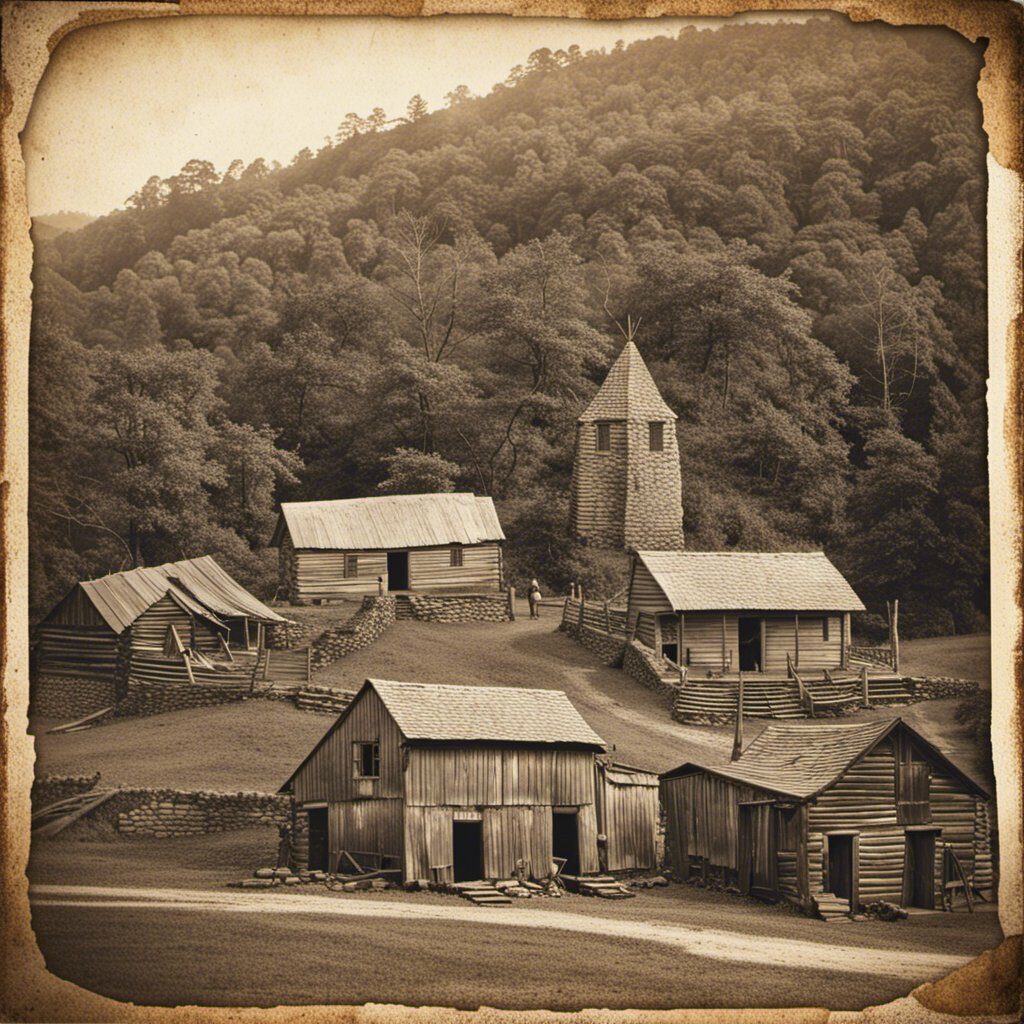
Cherokee, North Carolina is a place steeped in history. From the arrival of the first European explorers to the signing of the Treaty of New Echota, the region has seen its fair share of historical events. Here are some of the most significant events that have shaped the area’s history:
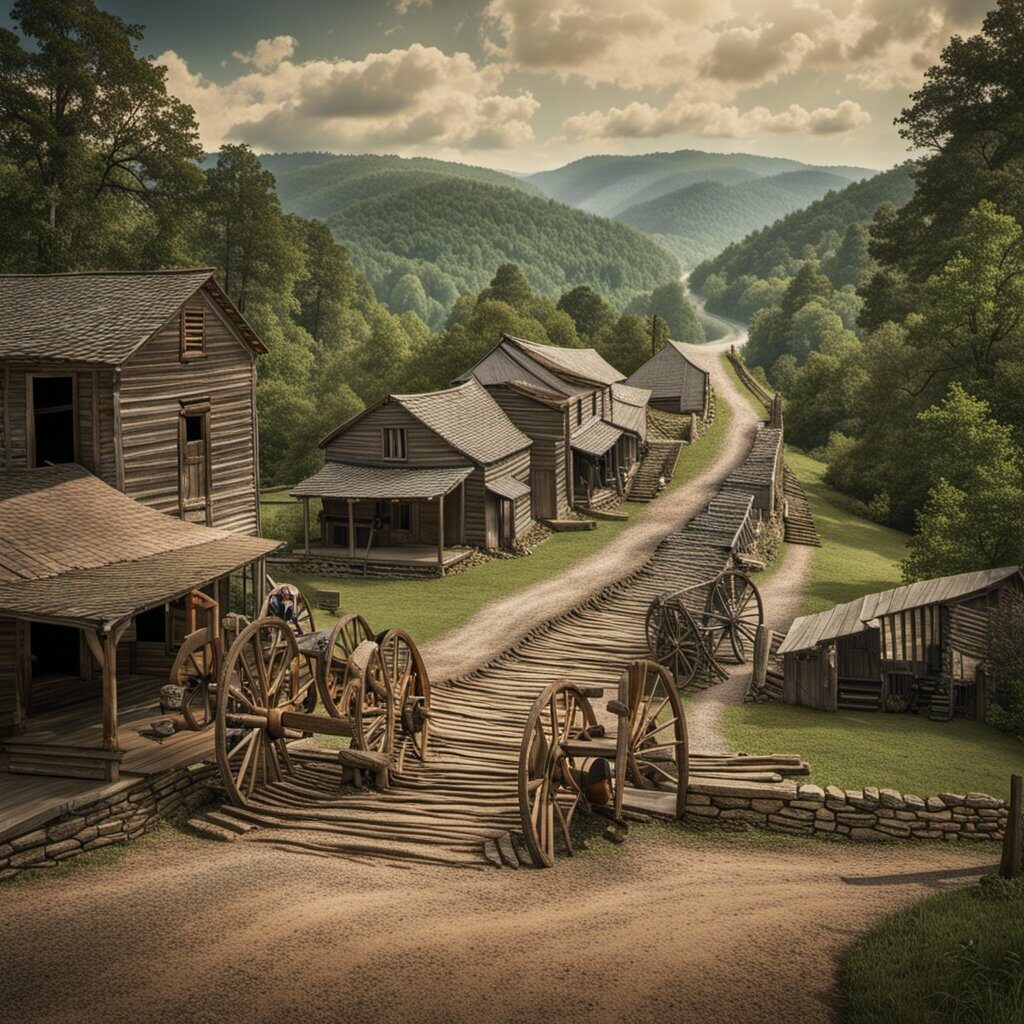
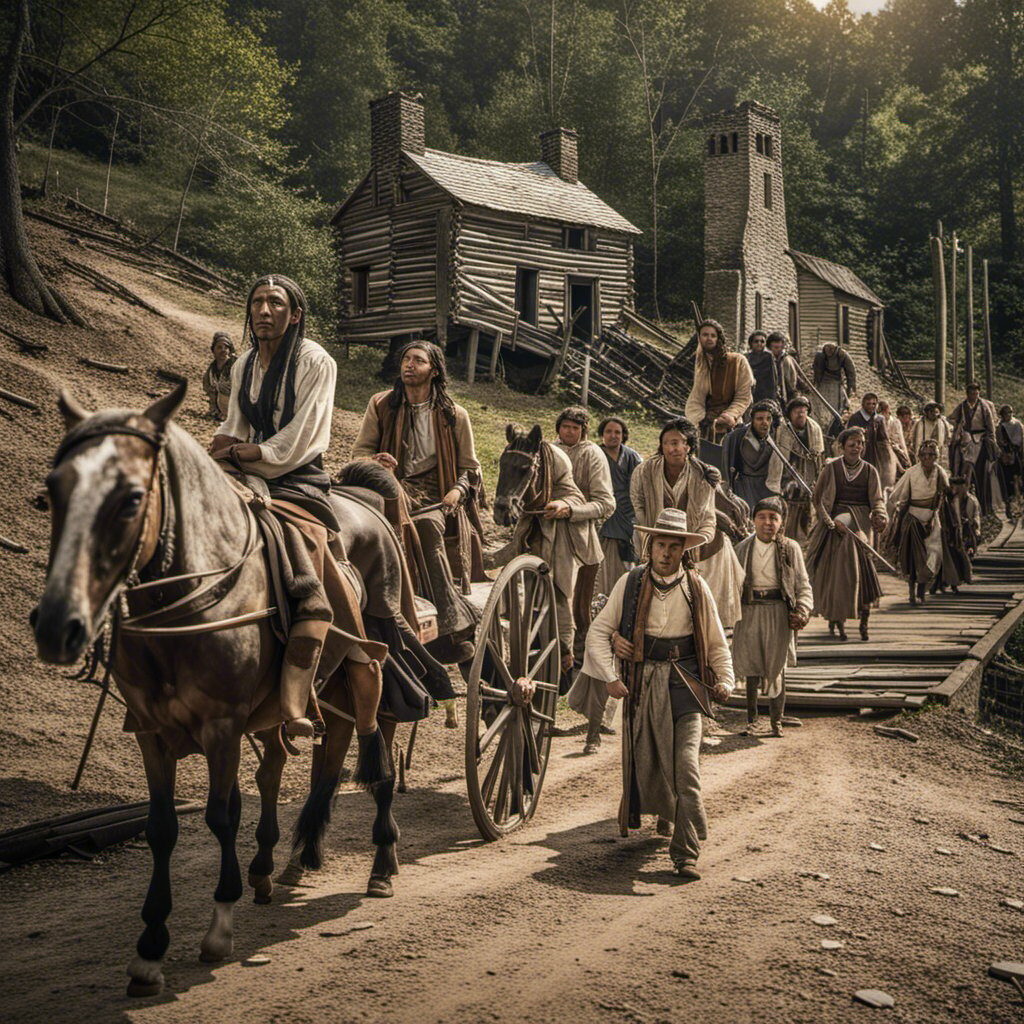
- Trail of Tears: One of the most tragic events in Cherokee history was the forced relocation of the Cherokee people from their ancestral lands in the southeastern United States to Indian Territory in present-day Oklahoma. This journey, known as the Trail of Tears, resulted in the deaths of thousands of Cherokee people due to disease, starvation, and exposure.
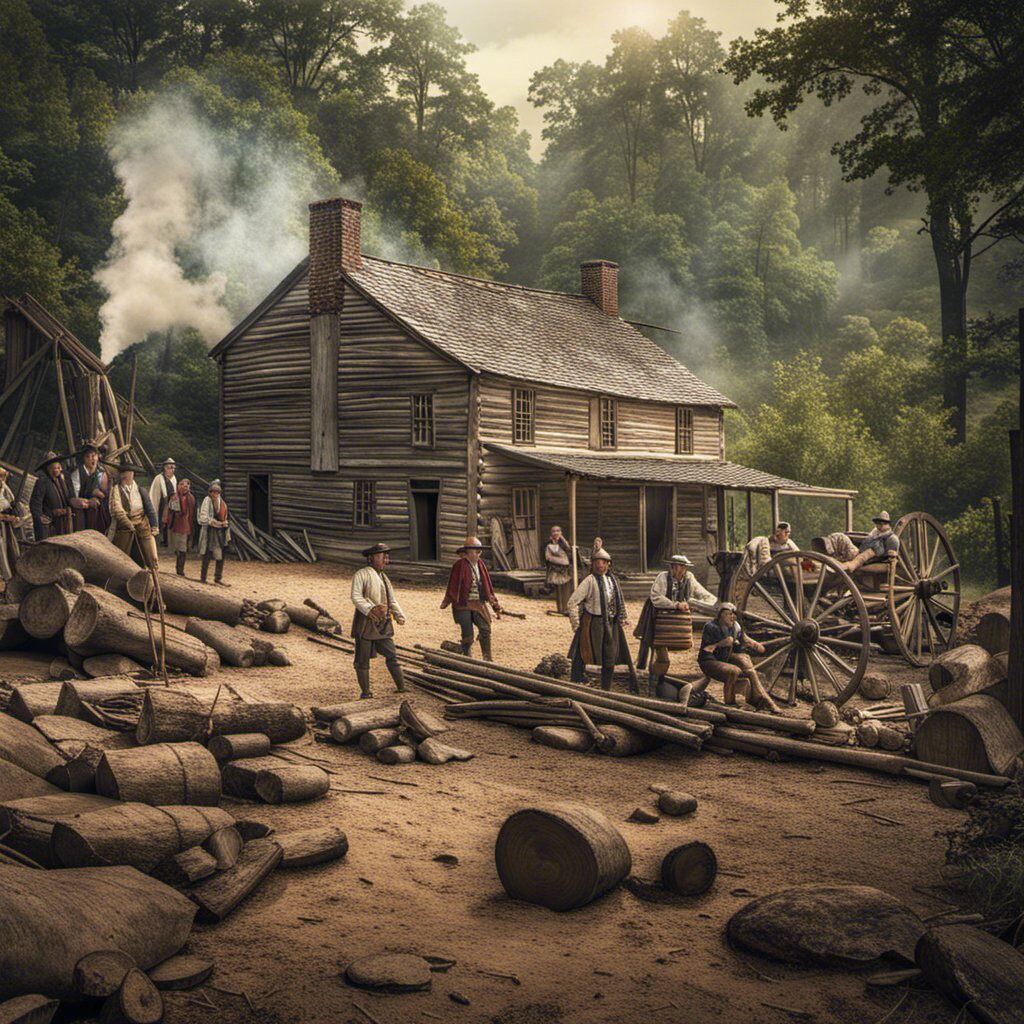
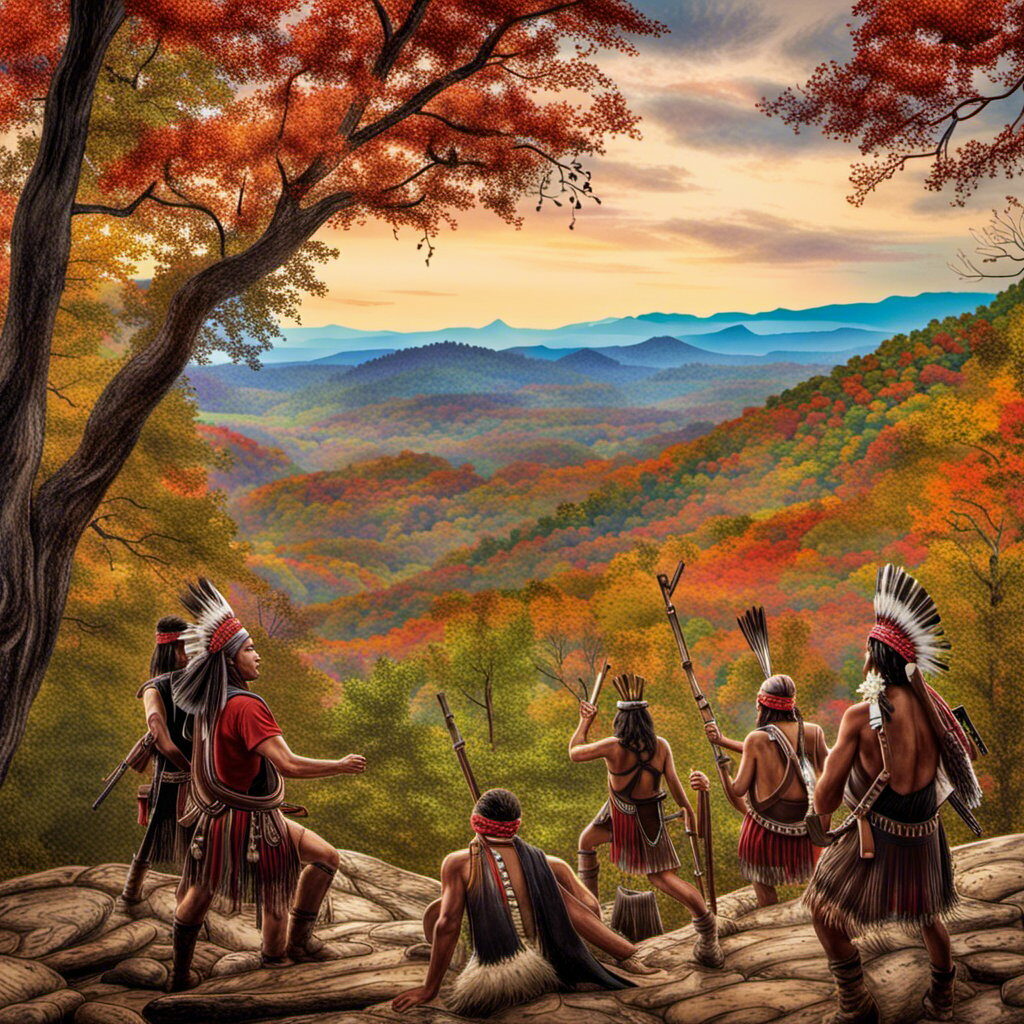
- Conflict: The Cherokee people have a long history of conflict with European settlers. In the 1700s, the Cherokee fought against British colonizers in the French and Indian War. Later, during the American Revolution, the Cherokee sided with the British against the Americans. In the early 1800s, the Cherokee were forcibly removed from their lands in Georgia, Tennessee, and North Carolina.
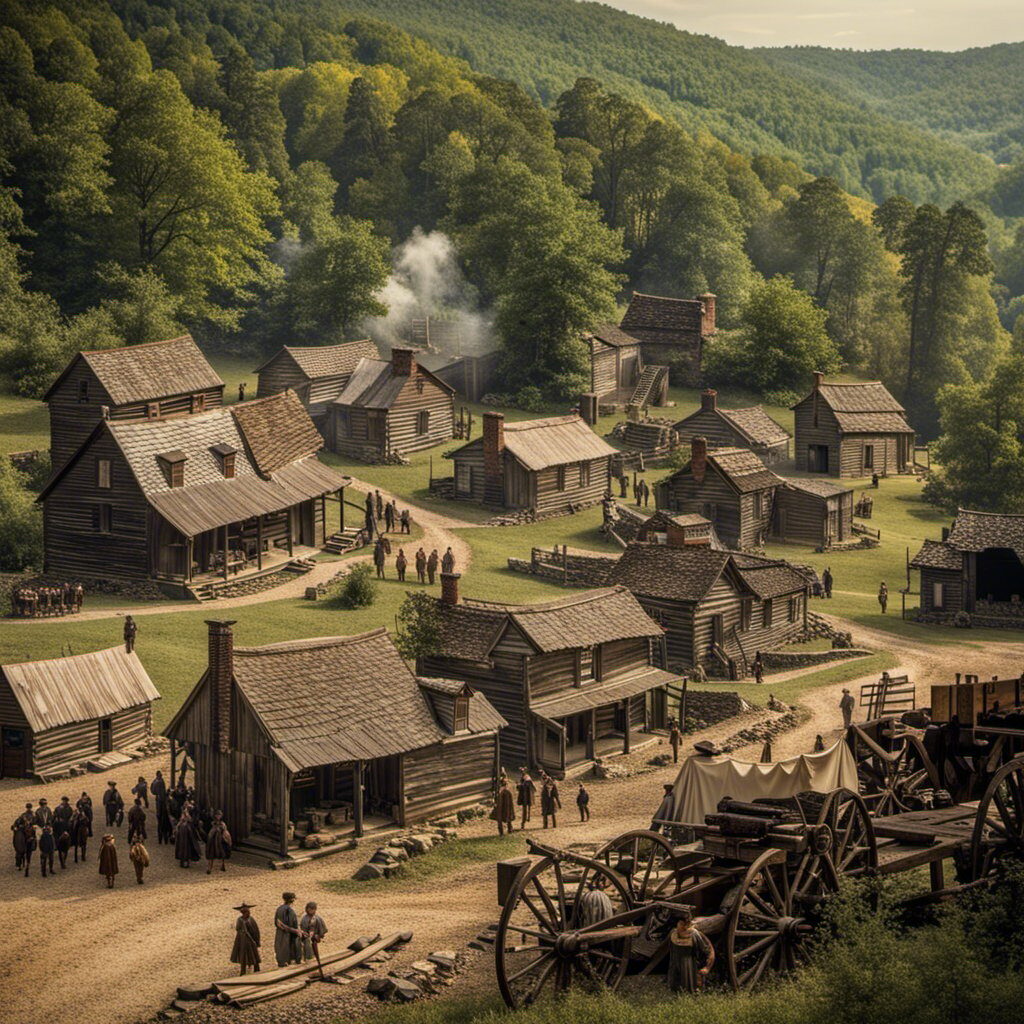
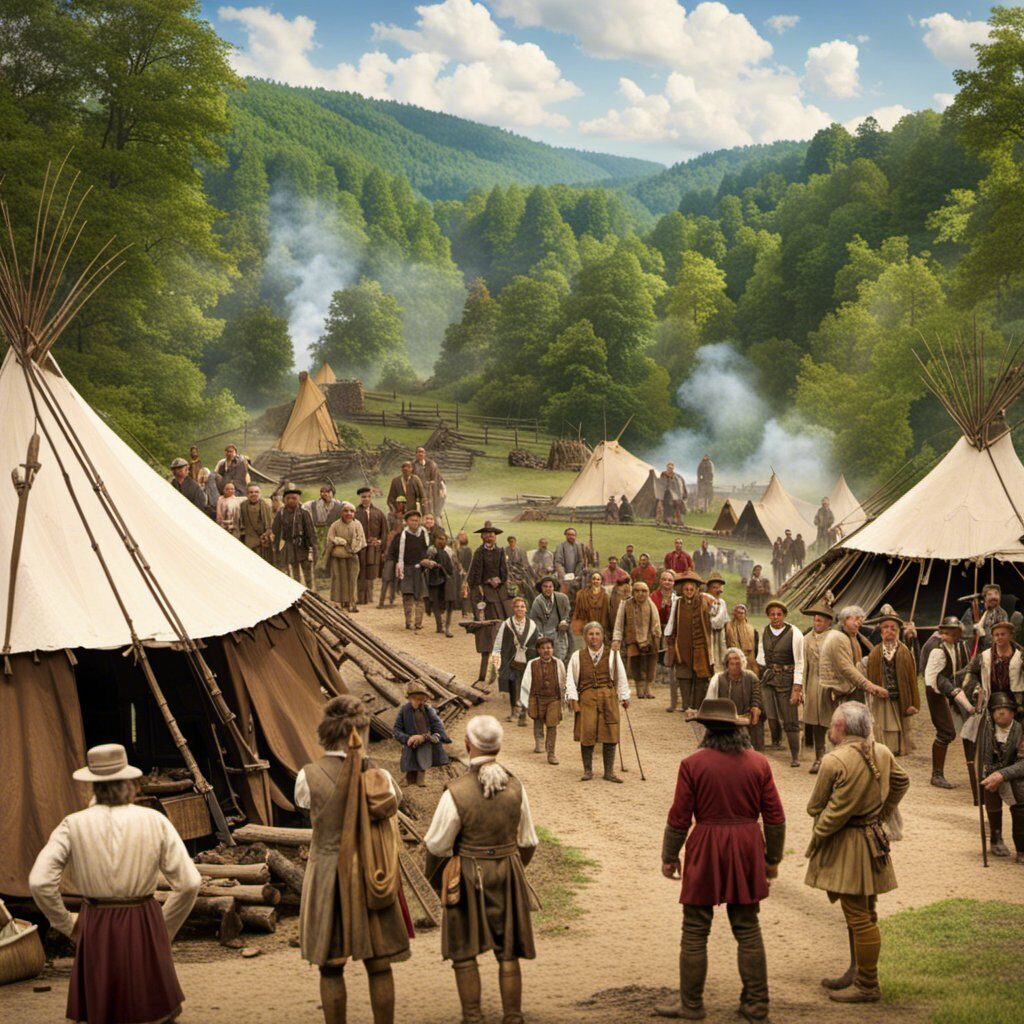
- European Explorers: The first European explorers to arrive in the Cherokee region were Spanish conquistadors in the 1500s. Later, French and British explorers also made their way to the area, establishing trading posts and forts.
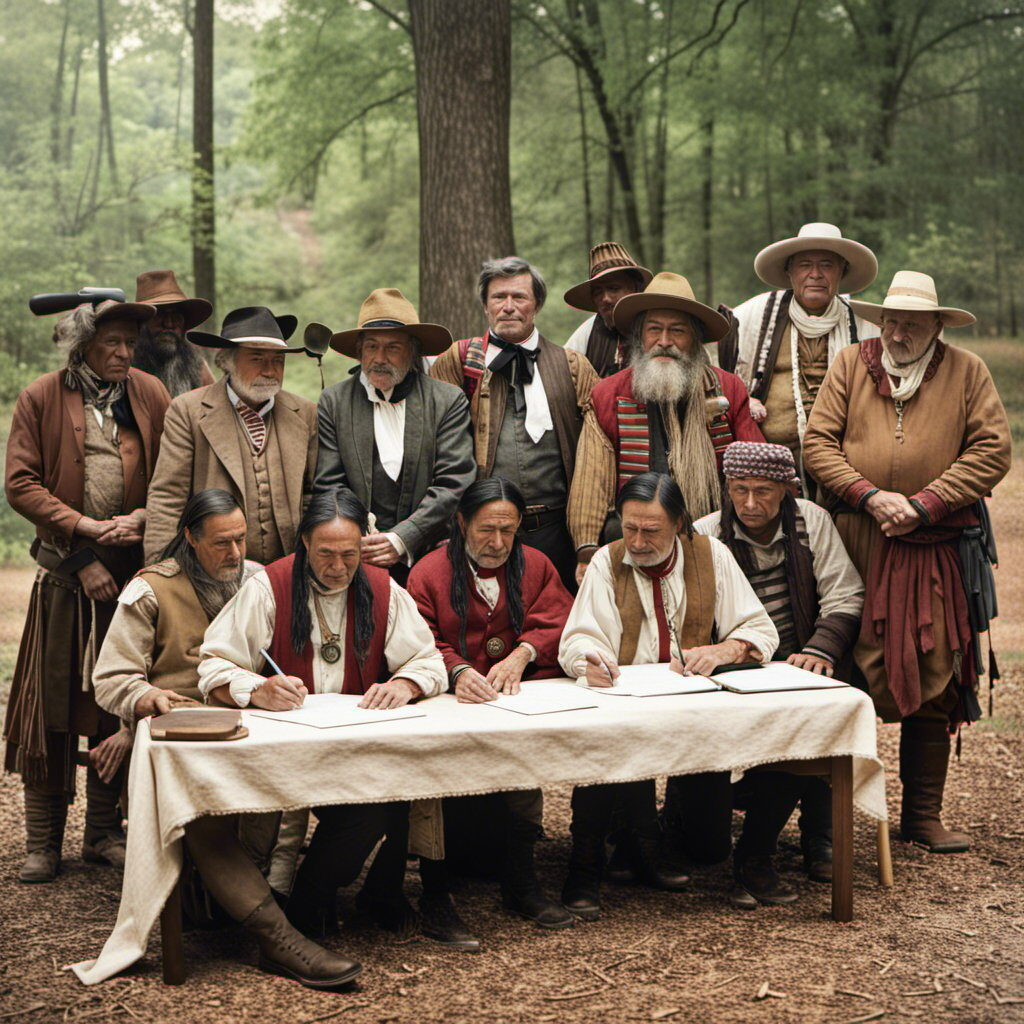
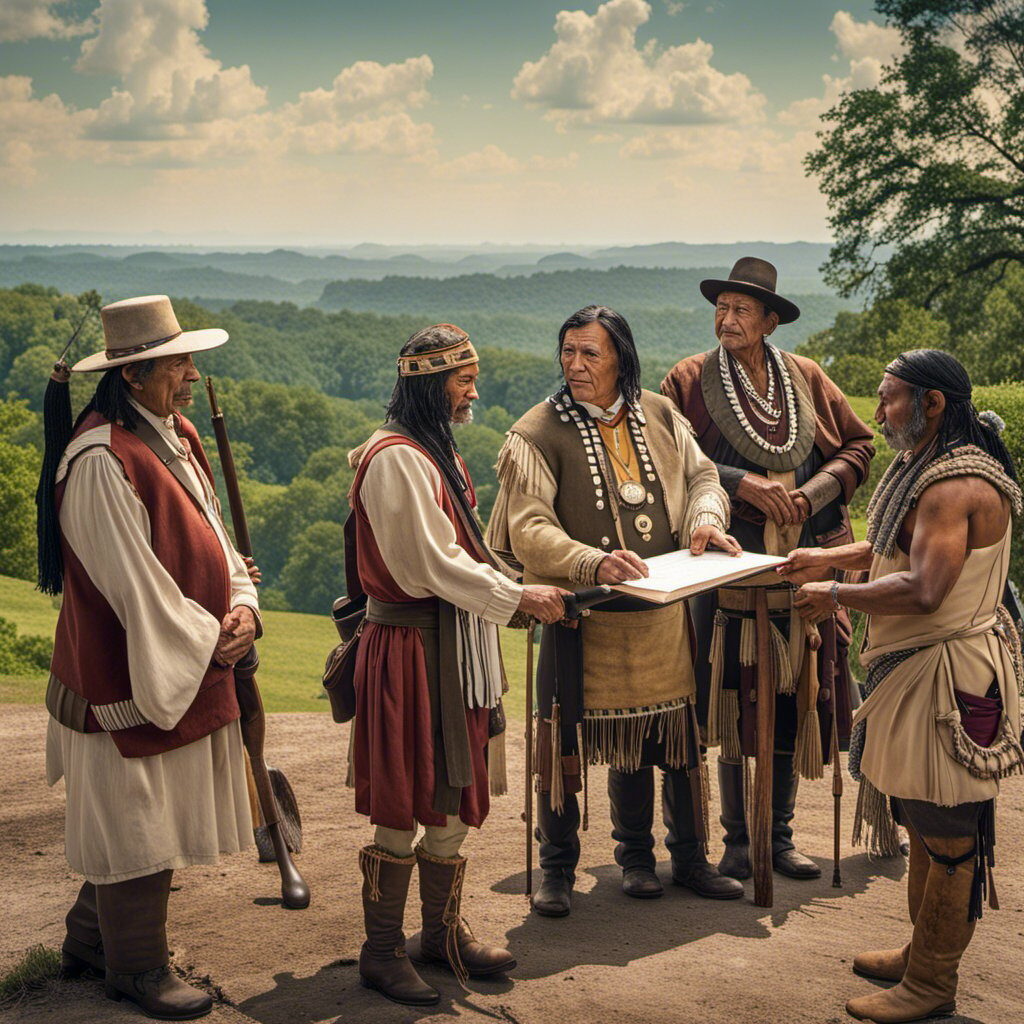
- Treaty of New Echota: In 1835, a small group of Cherokee leaders signed the Treaty of New Echota, which ceded Cherokee lands in Georgia, Tennessee, and North Carolina to the United States government in exchange for land in Indian Territory. This treaty was not recognized by the majority of the Cherokee people and led to the forced removal of the Cherokee on the Trail of Tears.
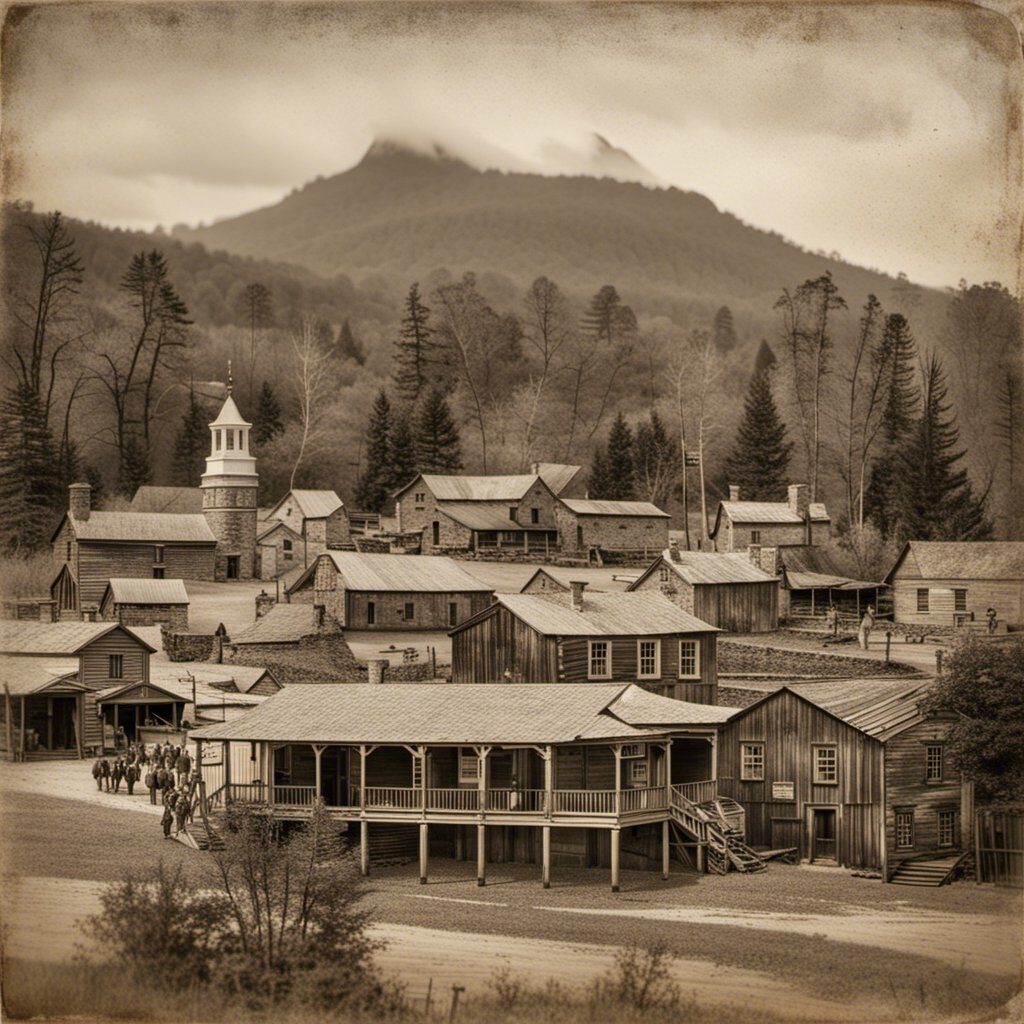
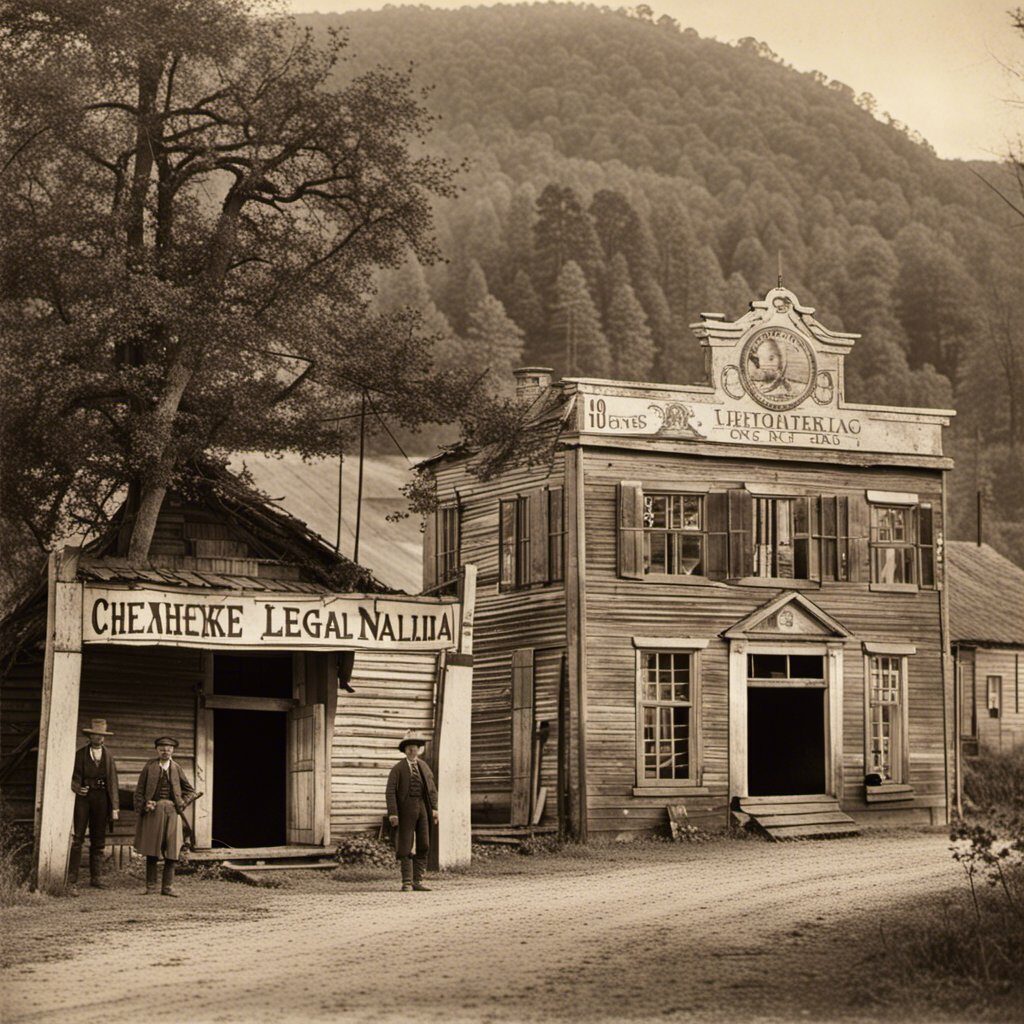
- Law: The Cherokee Nation has a long history of developing its own legal system. In the early 1800s, the Cherokee Nation established a written legal code that included laws related to property ownership, marriage, and crime. Today, the Cherokee Nation has its own court system and legal code, which governs the lives of its citizens.
As you explore Cherokee, North Carolina, you’ll have the opportunity to learn more about these historical events and their impact on the region. From the Trail of Tears Outdoor Drama to the Oconaluftee Indian Village, there are many sites and attractions that offer a glimpse into the rich history of this area.
Tourism in Cherokee
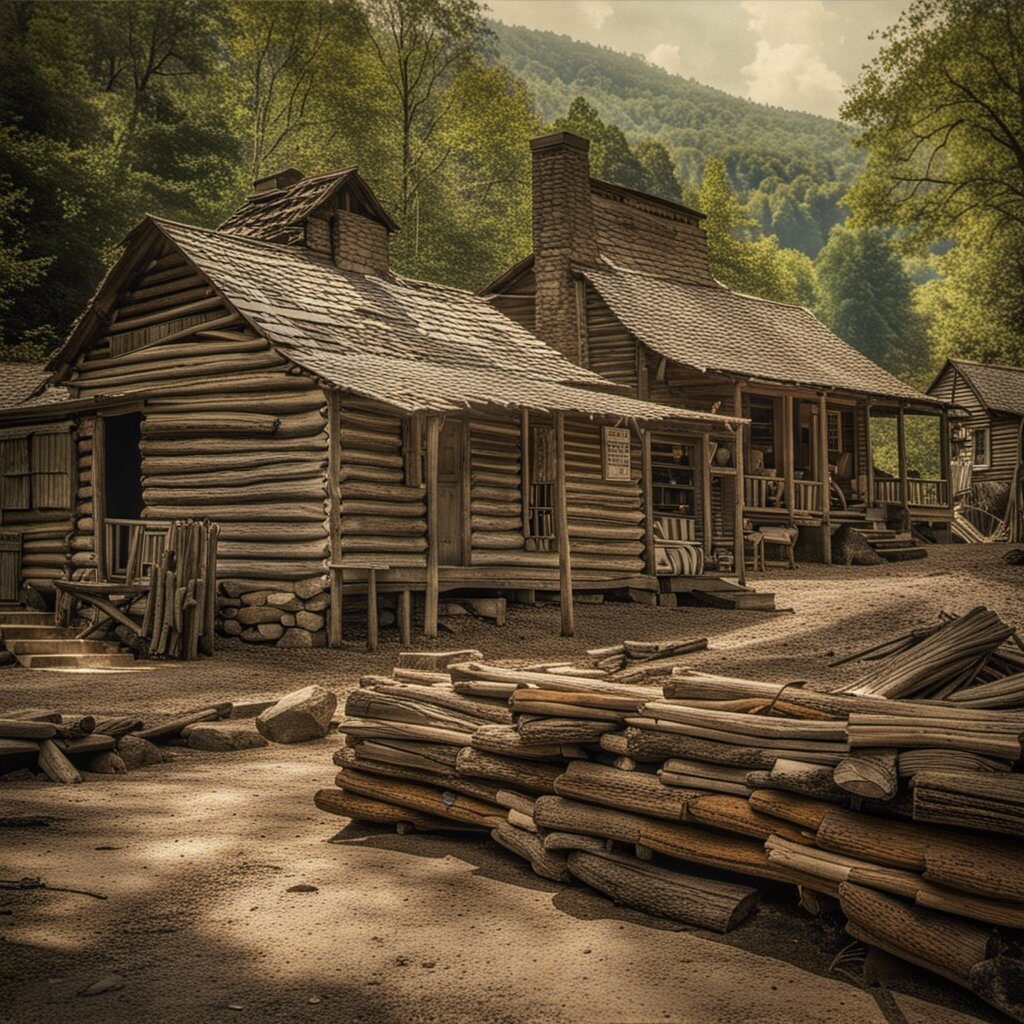
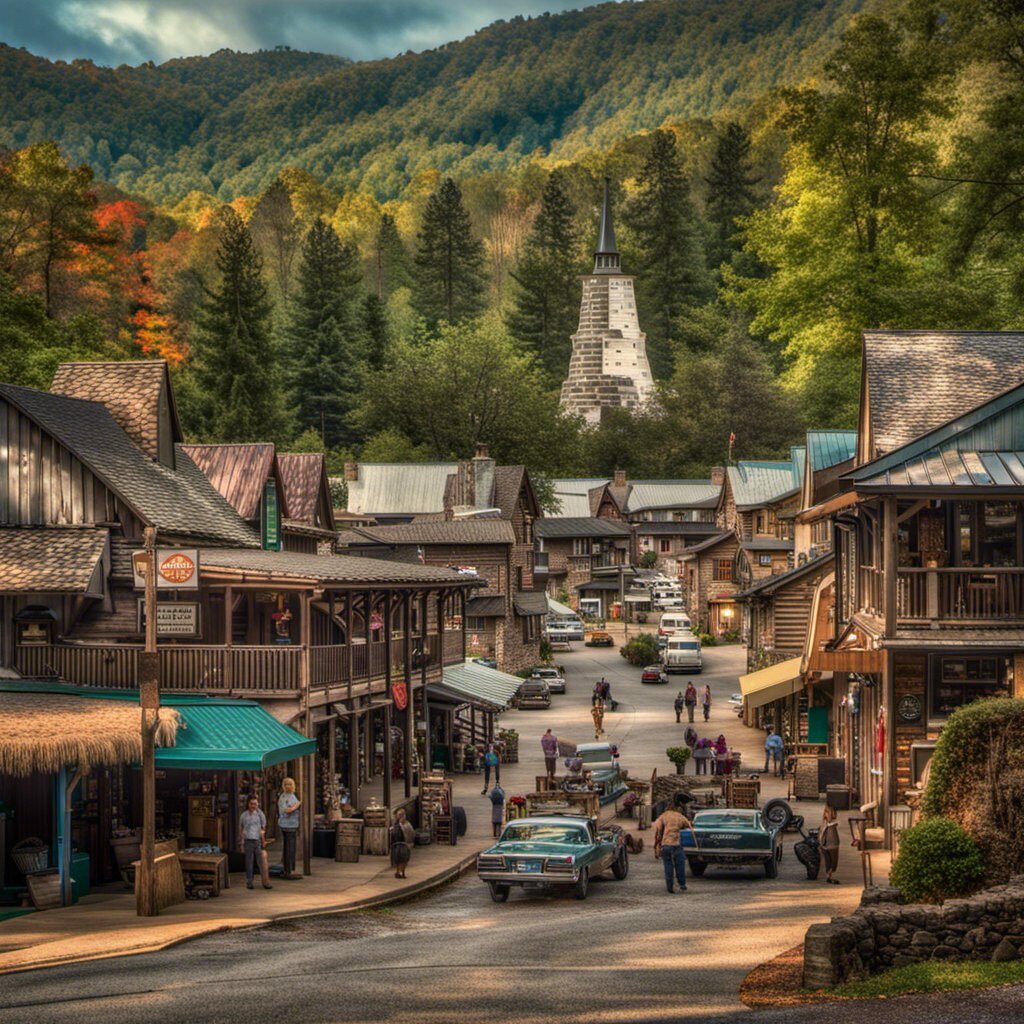
If you’re looking for a fun and educational vacation destination, Cherokee, North Carolina is the perfect place to visit. With its rich history and stunning natural beauty, Cherokee is a popular tourist destination that offers something for everyone.
One of the main draws of Cherokee is its many historical sites and famous landmarks. For example, the Oconaluftee Indian Village is a living history museum that offers visitors a chance to experience what life was like for the Cherokee people in the 18th century. You can also visit the Museum of the Cherokee Indian to learn about the tribe’s history and culture.
In addition to its historical sites, Cherokee is also home to a variety of hotels, motels, and campgrounds, making it easy to find accommodations that fit your budget and preferences. Whether you prefer to rough it in a tent or relax in a luxurious hotel room, there are plenty of options to choose from.
When it comes to dining, Cherokee has a wide range of restaurants to suit every taste and budget. From fast food chains to fine dining establishments, you’re sure to find something that satisfies your hunger. And if you’re looking for some entertainment after your meal, you can always check out the Harrah’s Cherokee Casino Resort, which offers a variety of gaming options and live entertainment.
Finally, if you’re traveling with kids (or are a kid at heart), you won’t want to miss the chance to visit the nearby Great Smoky Mountains National Park. With its beautiful scenery and fun outdoor activities, the park is a great place to spend a day or two.
Overall, Cherokee is a fantastic destination for anyone who loves history, nature, and fun. So why not plan your next vacation there and see for yourself what makes this town so special?
Cultural Practices
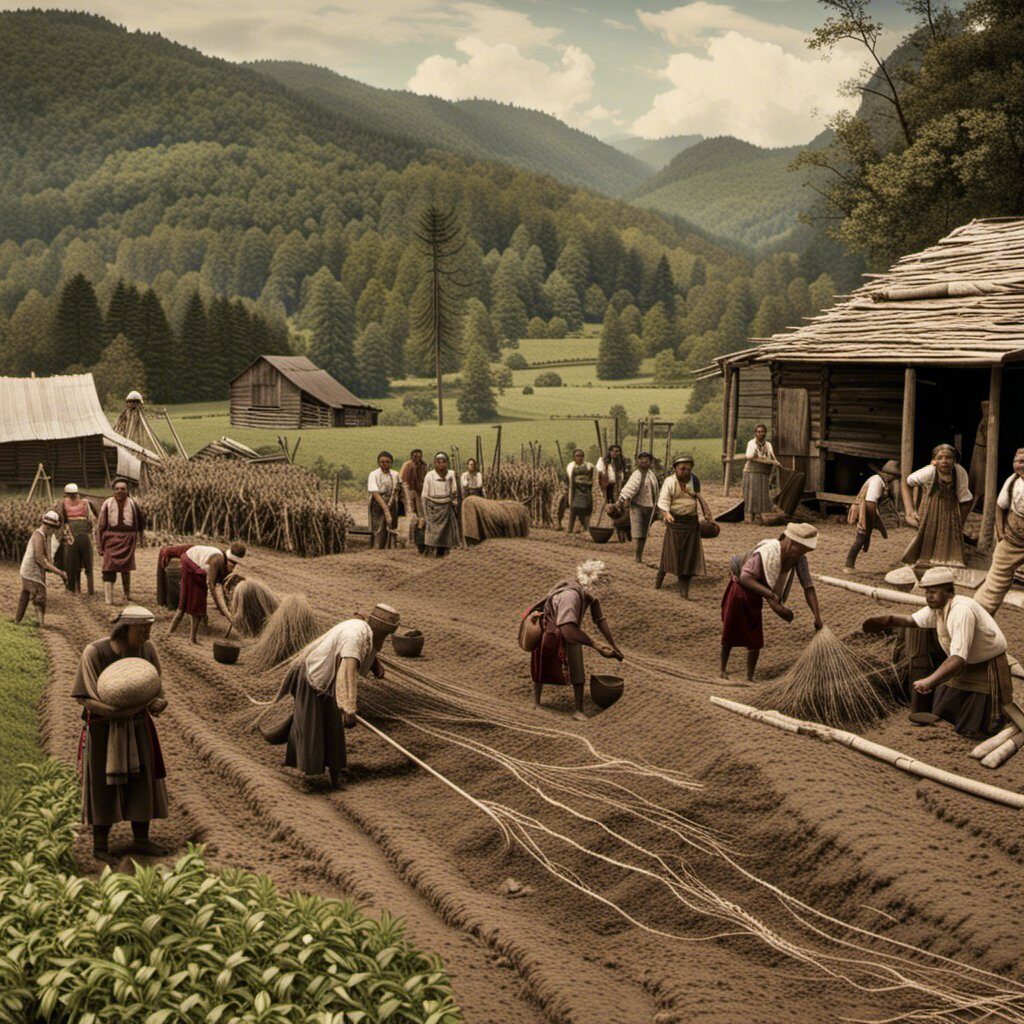
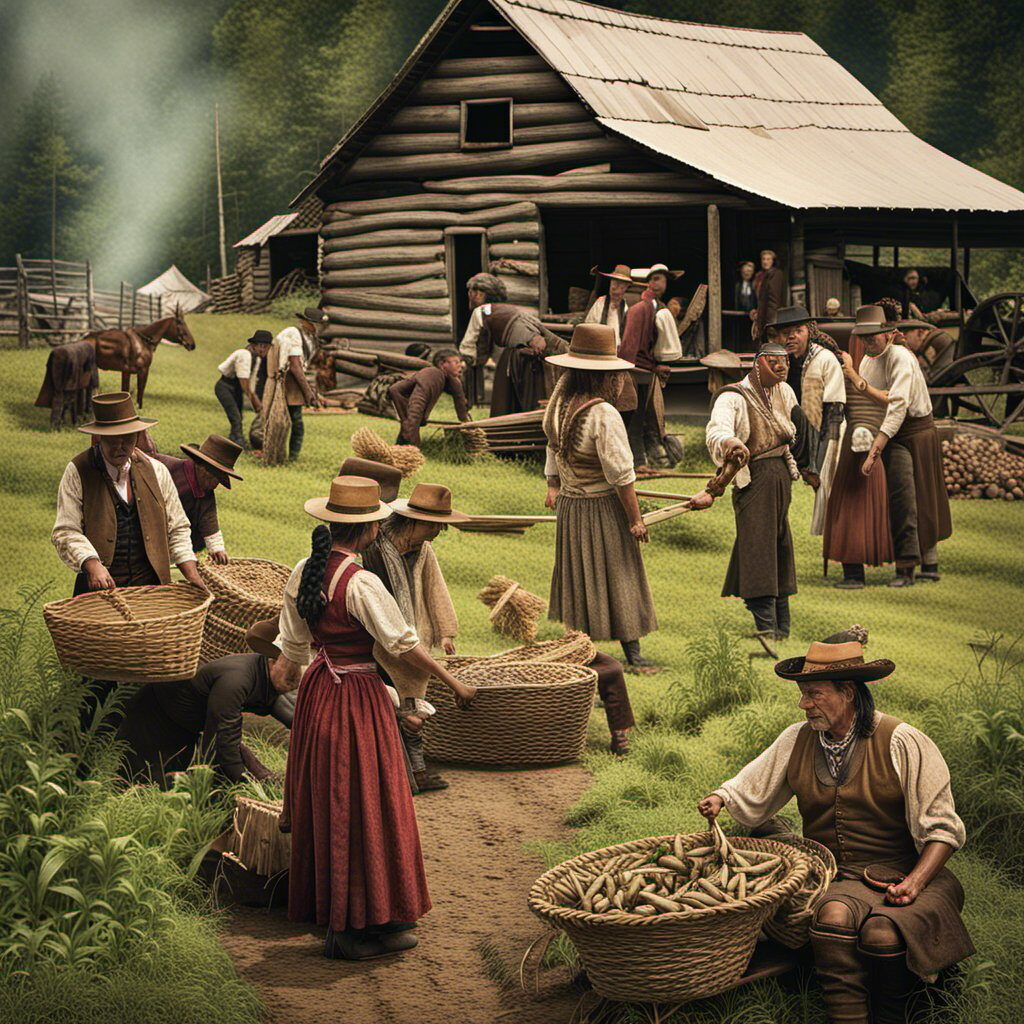
When you visit Cherokee, North Carolina, you’ll be immersed in the rich cultural practices of the Eastern Band of Cherokee Indians. The tribe has a long history in the area, and their traditions are still celebrated today.
One of the most important cultural practices of the Cherokee is agriculture. The tribe has been farming the land for centuries, and they continue to do so today. You can see examples of traditional Cherokee agriculture at the Oconaluftee Indian Village, where you can watch demonstrations of planting, harvesting, and processing crops.
Another important cultural practice of the Cherokee is hunting. The tribe has a deep respect for the natural world and the animals that live in it. Hunting is not just a way to provide food, but it is also a way to connect with nature and honor the animals that are hunted. You can learn more about traditional Cherokee hunting practices at the Museum of the Cherokee Indian.
The Cherokee also have a strong tradition of storytelling. Their stories are passed down from generation to generation and are an important way to preserve their history and culture. You can hear traditional Cherokee stories at the Cherokee Council House, where storytellers share tales of the tribe’s past.
Finally, the Cherokee have a unique form of government. They are part of the Iroquois Confederacy, which is made up of several tribes in the northeastern United States. The Cherokee have their own council house where they hold meetings and make decisions that affect the tribe as a whole. You can learn more about Cherokee government and the council house at the Museum of the Cherokee Indian.
Overall, the cultural practices of the Cherokee are an important part of the history and heritage of Cherokee, North Carolina. Whether you’re interested in agriculture, hunting, storytelling, or government, there’s something for everyone to learn and appreciate.
Impact of Settlers
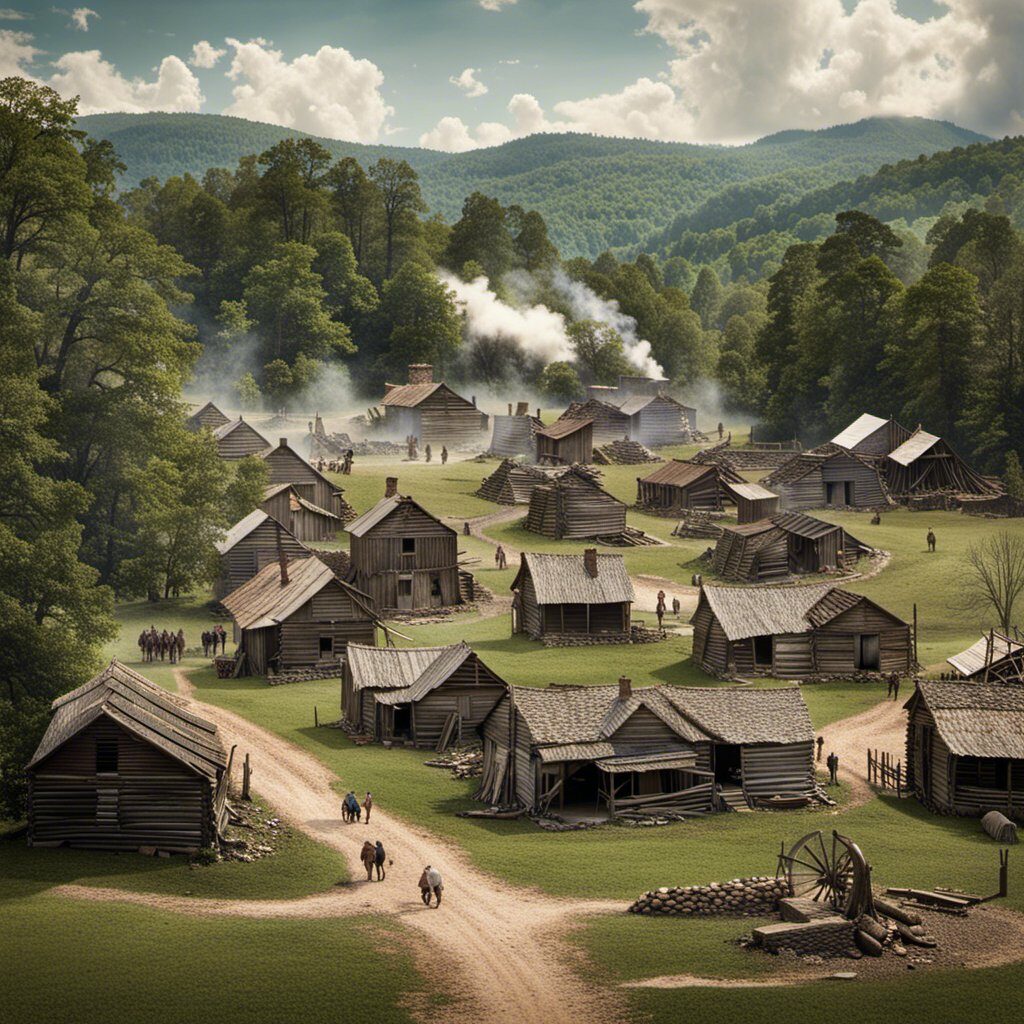
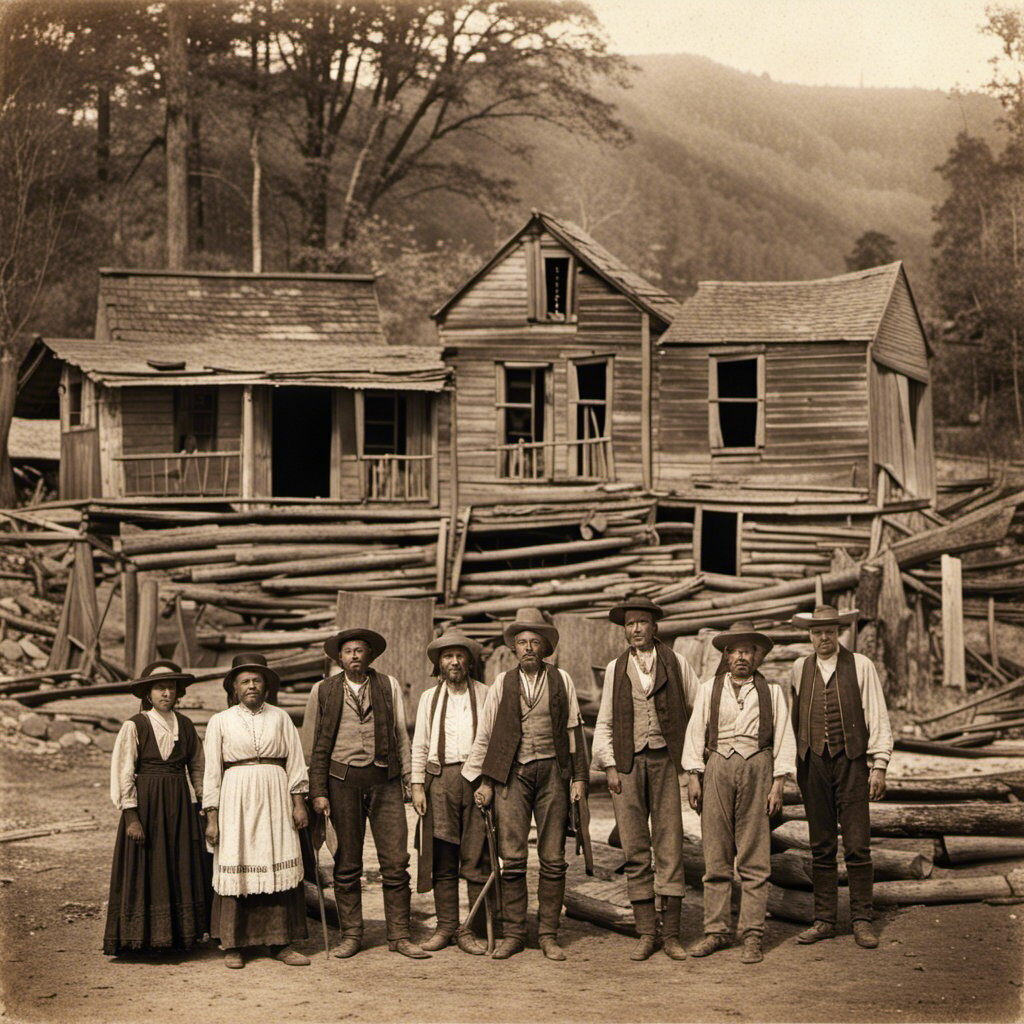
As settlers began to move into Cherokee territory, they brought with them new diseases that the Cherokee people had never encountered before. This had a devastating impact on the Cherokee population, leading to the deaths of thousands of people. The forced removal of the Cherokee people from their ancestral lands, known as the Trail of Tears, was a direct result of the policies of President Andrew Jackson.
Despite the challenges they faced, the Cherokee people managed to preserve their culture and traditions. Today, visitors to Cherokee, North Carolina can explore a variety of historical sites and landmarks that tell the story of the Cherokee people and their struggles.
One of the most significant landmarks in Cherokee is the Trail of Tears Memorial, which honors the memory of the Cherokee people who were forced to leave their homes and travel to Oklahoma. The memorial features a sculpture of a Cherokee family, as well as a series of plaques that provide information about the Trail of Tears and its impact on the Cherokee people.
Another important historical site in Cherokee is the Museum of the Cherokee Indian, which features exhibits and artifacts that showcase the history and culture of the Cherokee people. Visitors can learn about the Cherokee language, art, and traditional way of life, as well as the challenges they faced as a result of the arrival of European settlers.
Overall, the impact of settlers on the Cherokee people was significant and far-reaching. Despite the challenges they faced, however, the Cherokee people managed to persevere and maintain their cultural identity. Today, visitors to Cherokee can learn about this rich and complex history by exploring the many historical sites and landmarks that the town has to offer.
Cherokee Language and Communication
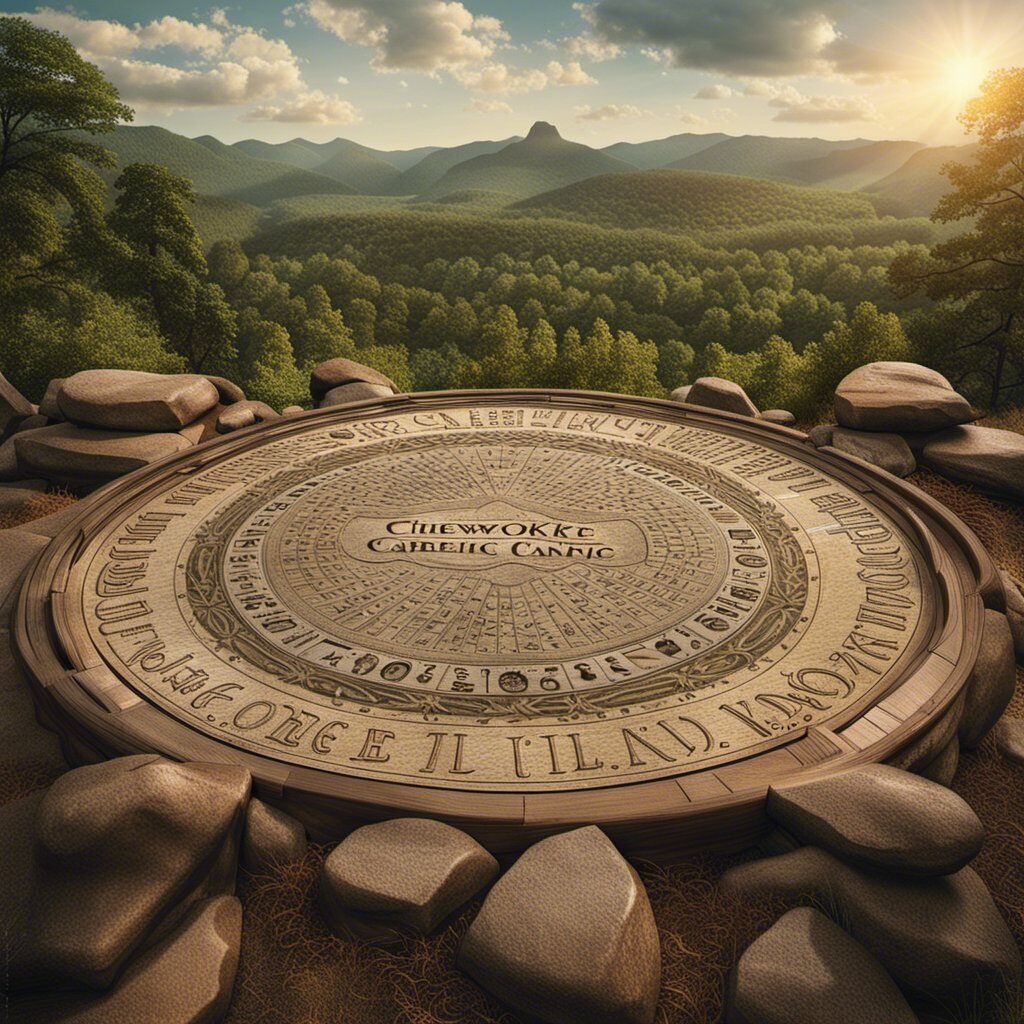
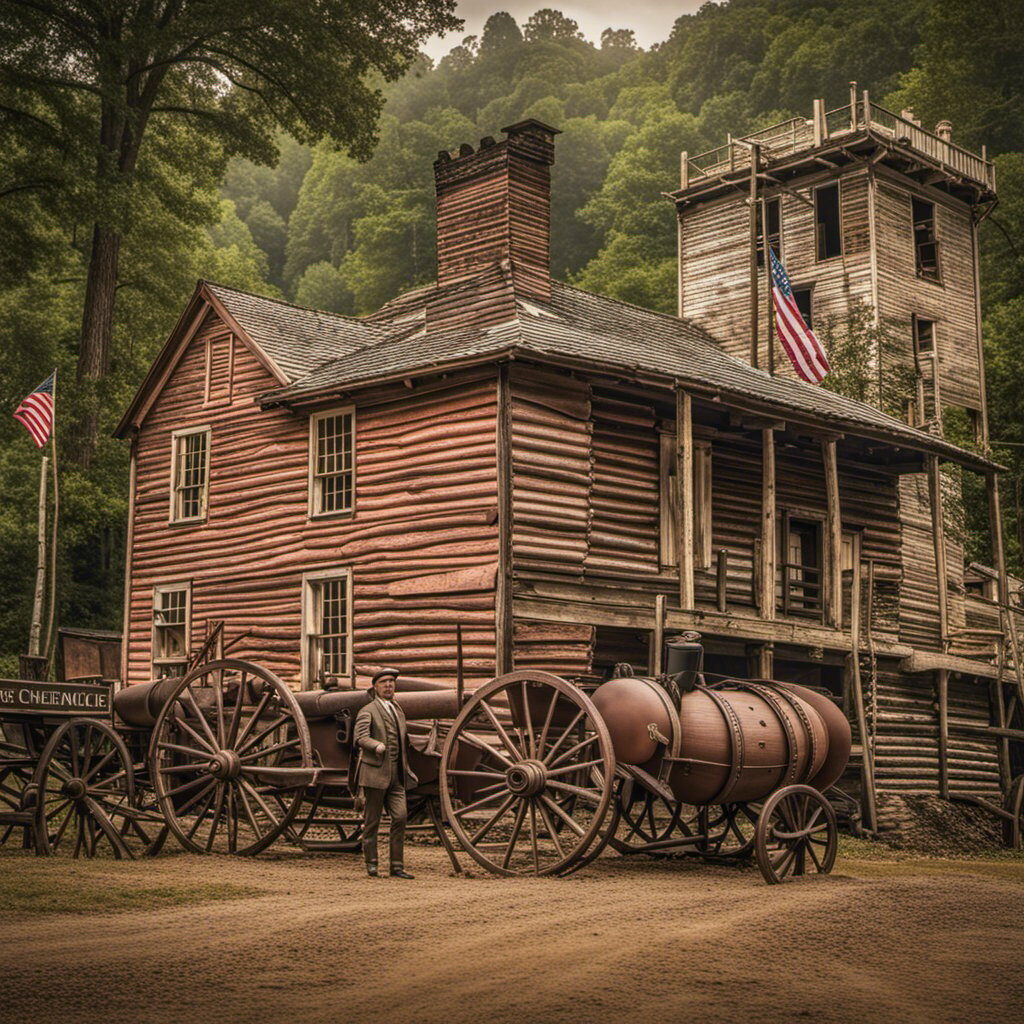
If you’re visiting Cherokee, North Carolina, you’re in for a treat. Not only is the area home to many historical sites and famous landmarks, but it’s also rich in Cherokee language and culture. The Cherokee language, also known as Tsalagi, is a member of the Iroquoian family and has a unique syllabary that was created by Sequoyah in 1821.
The Cherokee syllabary is a writing system that uses symbols to represent syllables rather than individual letters. This syllabary was a significant development in Cherokee communication, as it allowed for the creation of written materials in the Cherokee language. Today, the syllabary is taught to students of all ages in schools, and there are even Cherokee language immersion programs available for those who want to become fluent speakers.
In addition to the Cherokee syllabary, the Cherokee people also have their own newspaper, the Cherokee One Feather. This newspaper has been in publication since 1966 and is an important source of information for the Cherokee community. It covers local news, events, and issues that are relevant to the Cherokee people. The Cherokee One Feather is published weekly and is available in both print and online formats.
Communication is an essential part of Cherokee culture, and the Cherokee people have a long history of storytelling and oral traditions. Today, there are many opportunities to experience Cherokee storytelling firsthand, whether it’s through attending a storytelling event or visiting a museum that showcases Cherokee history and culture.
In conclusion, the Cherokee language and communication are an essential part of the rich history and culture of Cherokee, North Carolina. From the unique Cherokee syllabary to the Cherokee One Feather newspaper and storytelling traditions, there are many ways to learn about and experience the Cherokee language and communication firsthand.
References
If you are planning a trip to Cherokee, North Carolina, it is important to have a list of references to help guide you to the best historical sites and famous landmarks in the area. Here are a few resources to help you plan your visit:
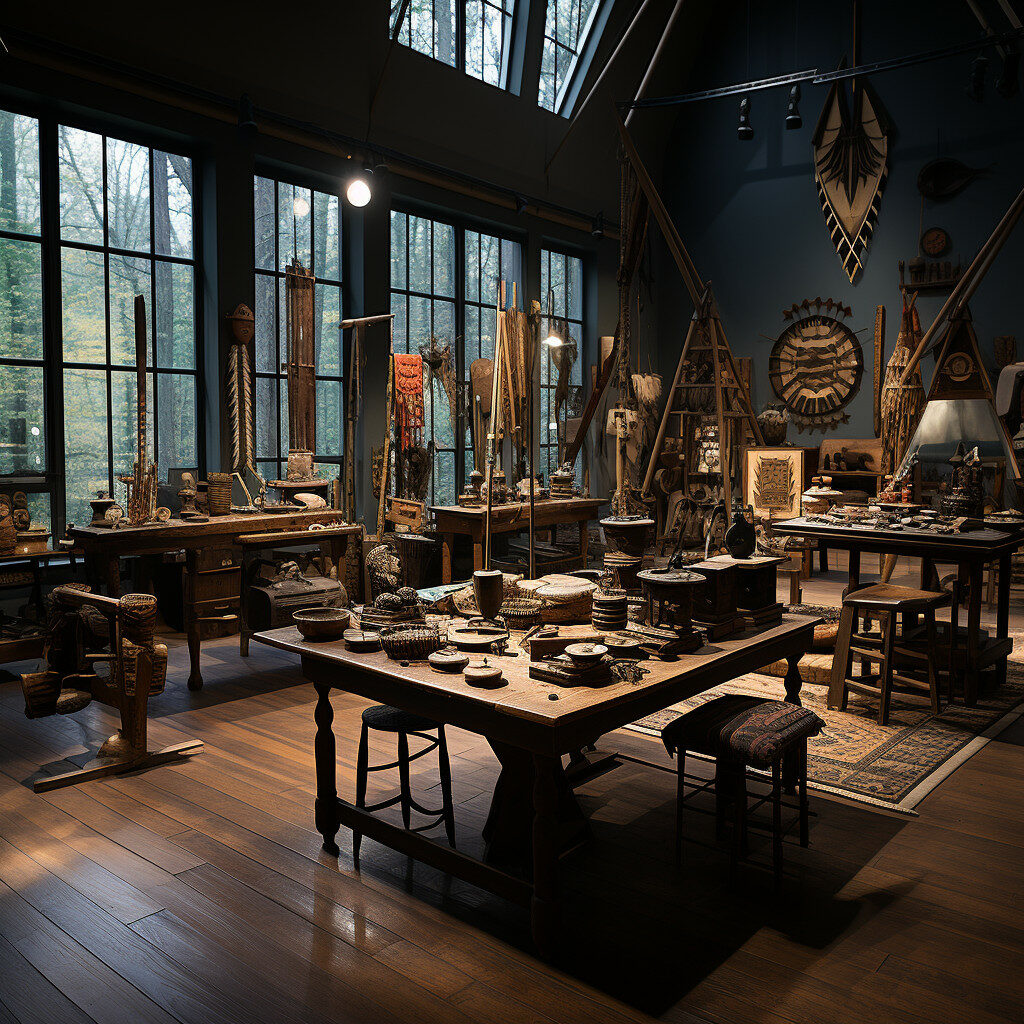
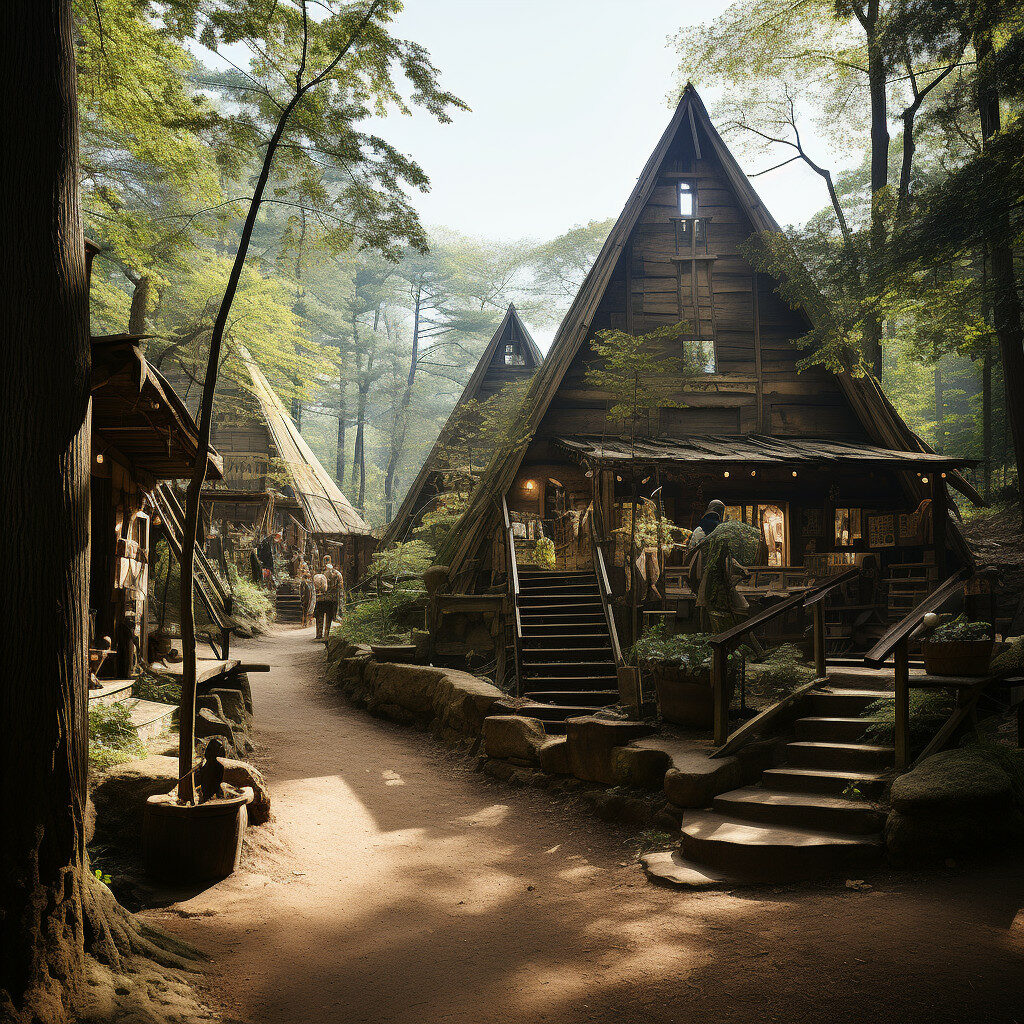
- The Museum of the Cherokee Indian: This museum is a must-visit for anyone interested in learning about the history and culture of the Cherokee people. The museum features exhibits on Cherokee history, art, and culture, as well as a gift shop and a research library.
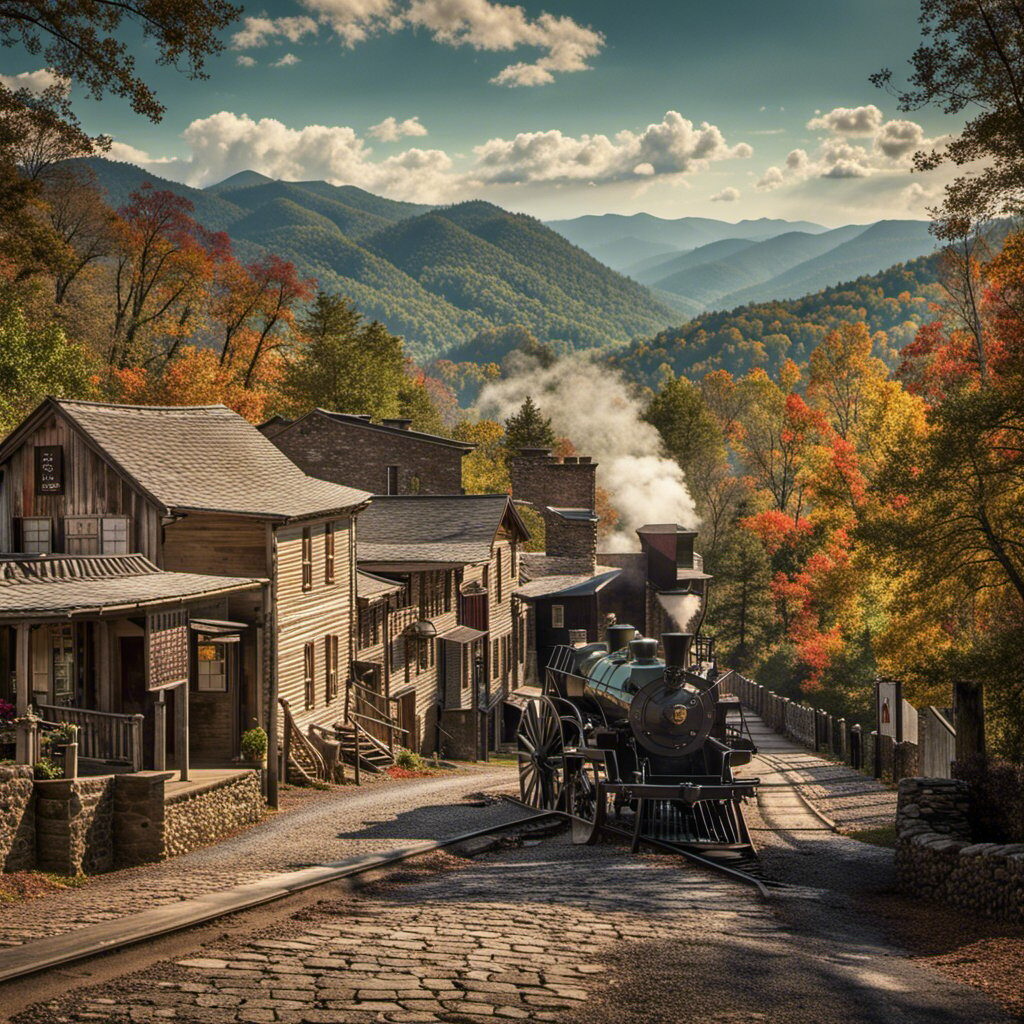
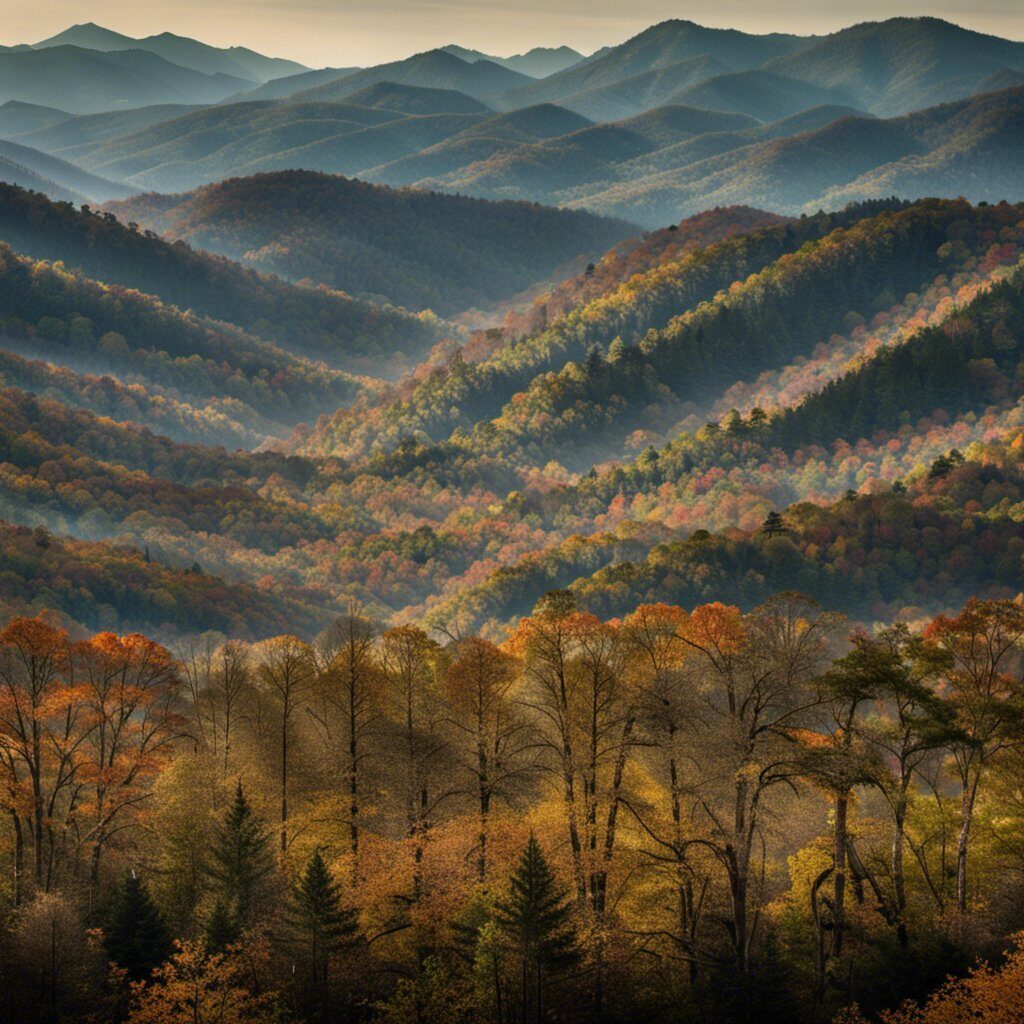
- Great Smoky Mountains National Park: This national park is one of the most popular attractions in the area, and for good reason. With over 800 miles of hiking trails, scenic drives, and historic sites, there is something for everyone to enjoy.
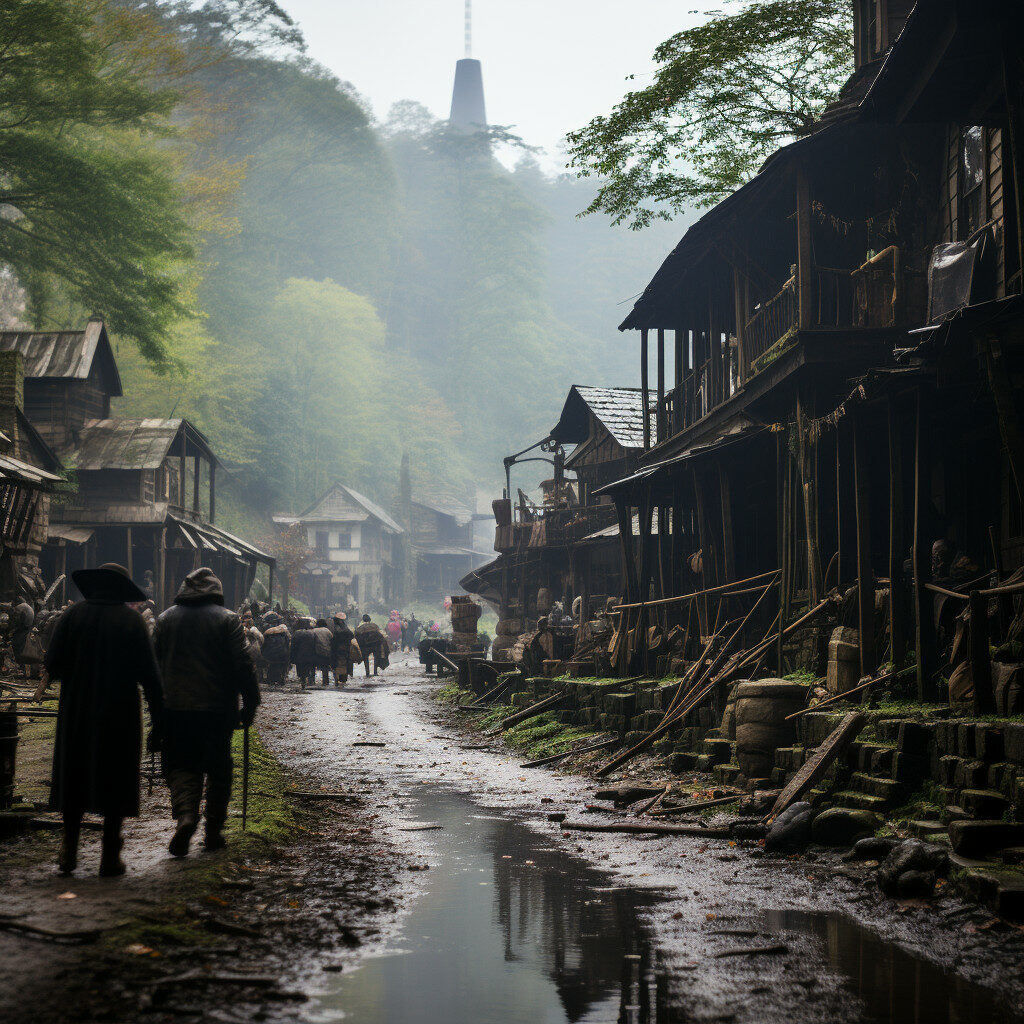
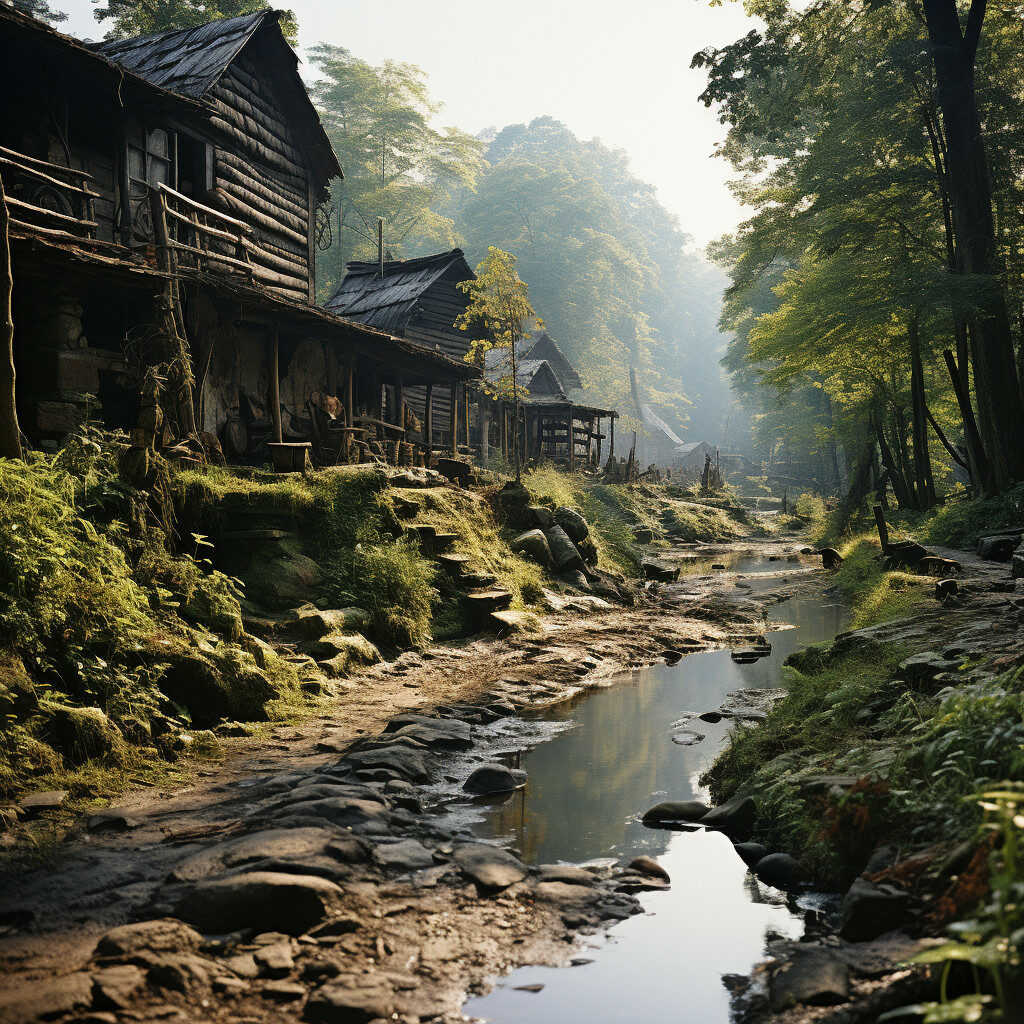
- Oconaluftee Indian Village: This living history museum takes visitors back in time to the 18th century, when the Cherokee people lived in the area. Visitors can see demonstrations of traditional crafts and skills, as well as learn about Cherokee culture and history.

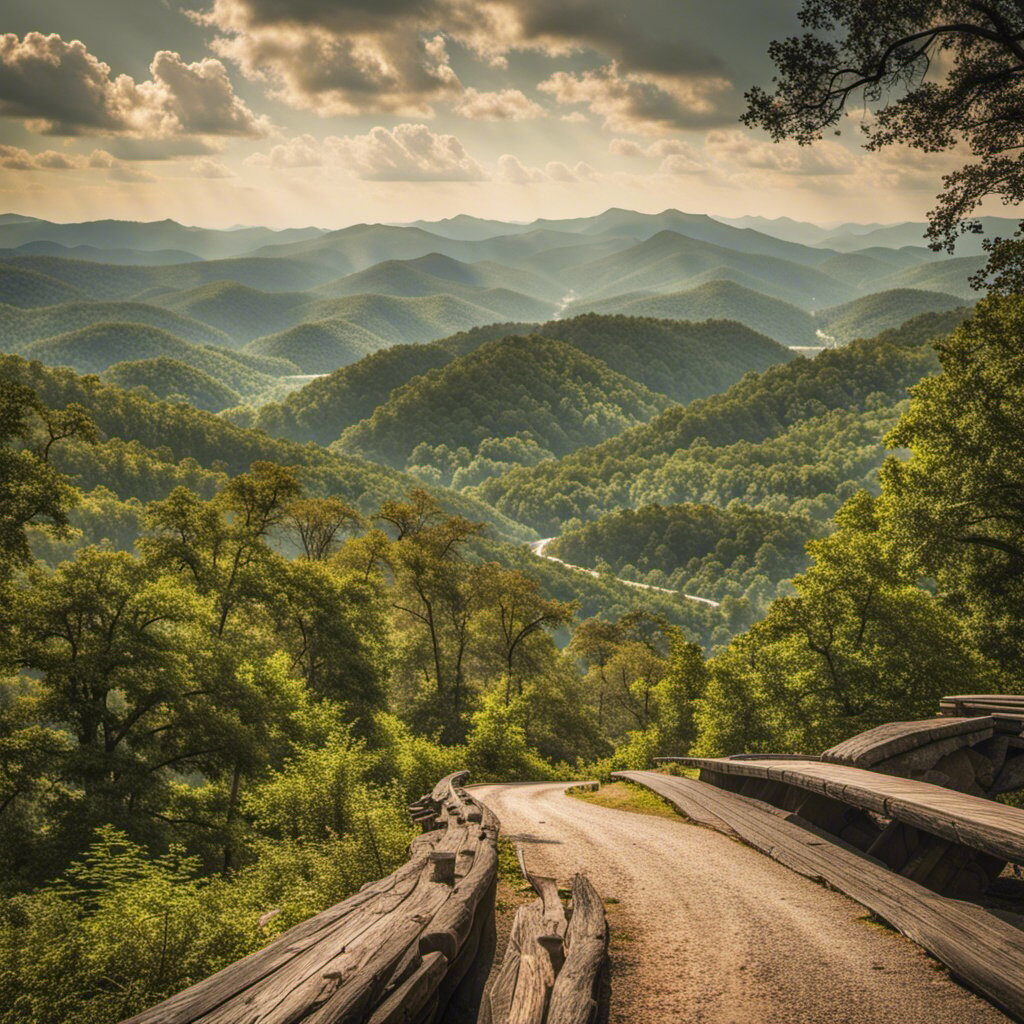
- Blue Ridge Parkway: This scenic byway offers stunning views of the Appalachian Mountains and is a popular destination for hiking, picnicking, and sightseeing. The parkway runs through Cherokee and offers easy access to many of the area’s top attractions.
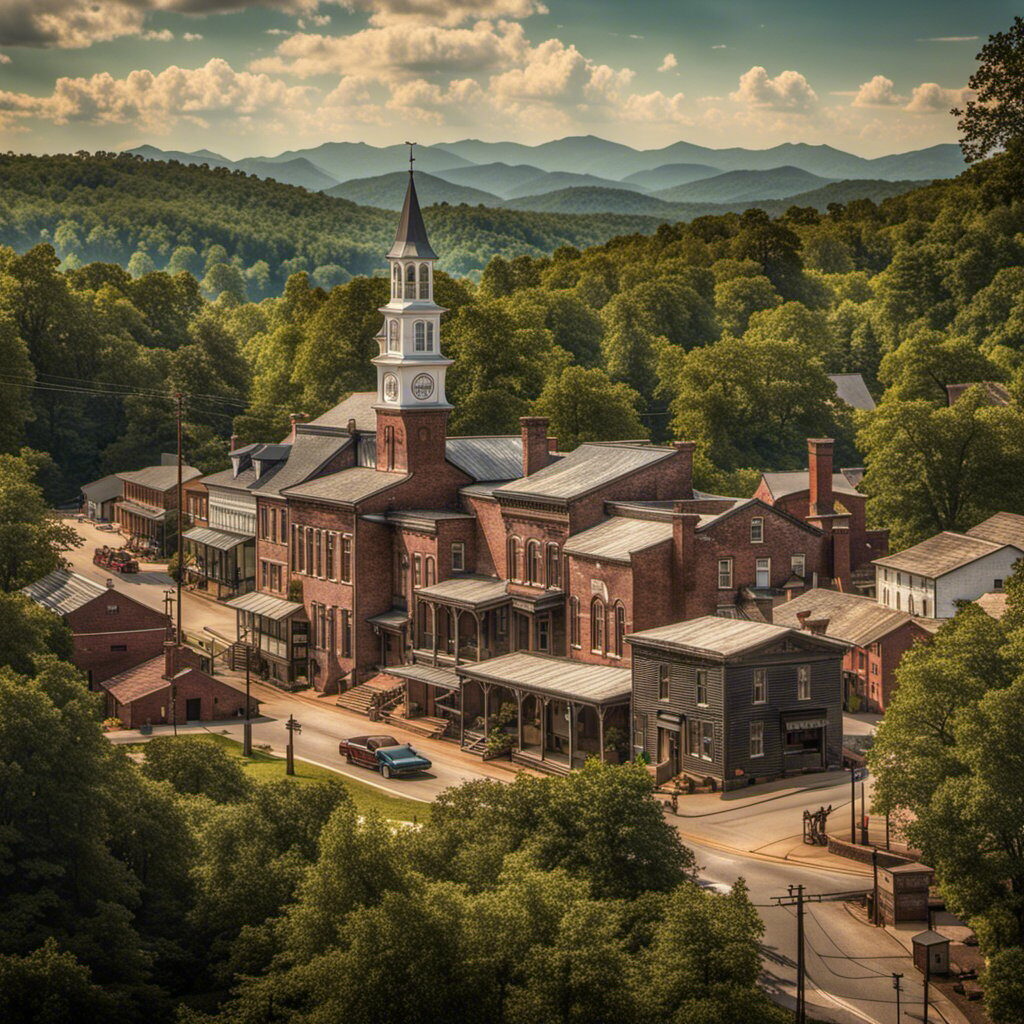
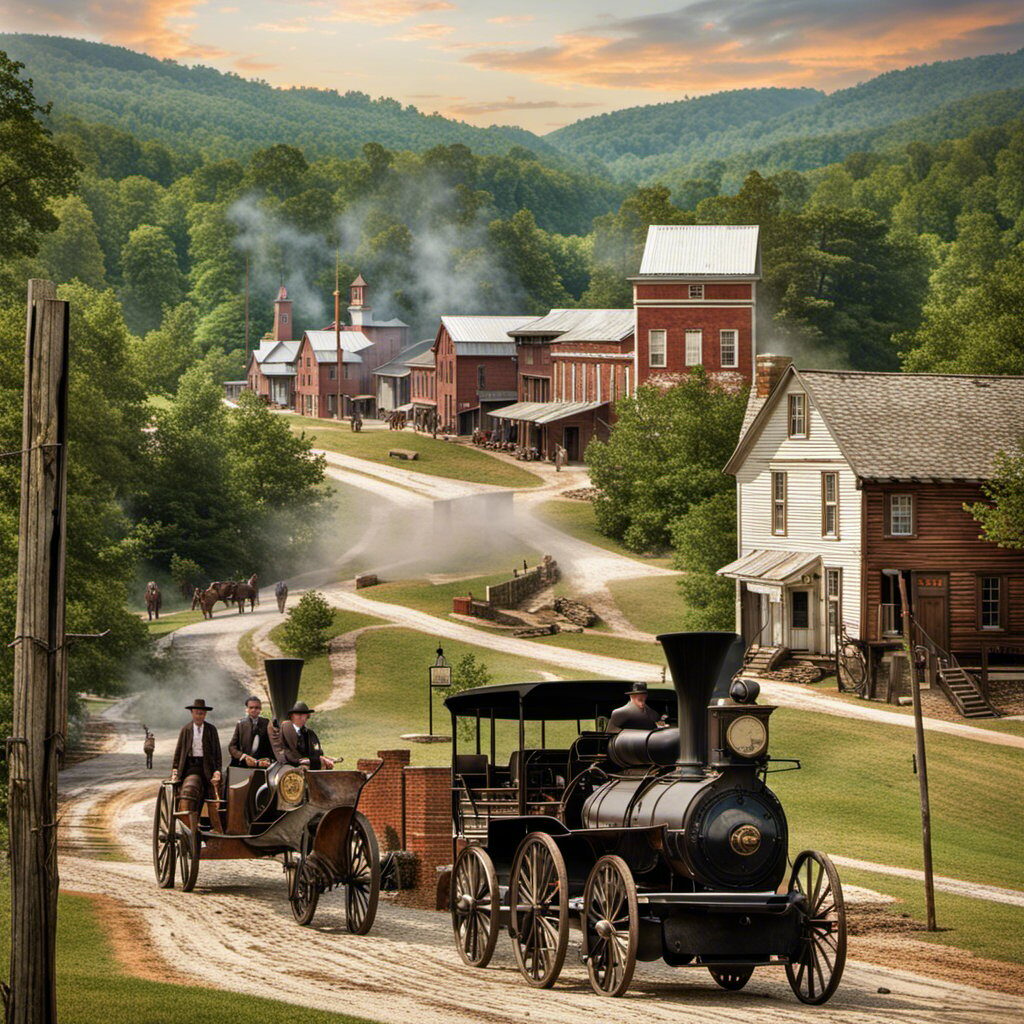
- Cherokee Preservation Foundation: This organization is dedicated to preserving and promoting Cherokee culture and heritage. They offer a variety of programs and events throughout the year, including cultural workshops, language classes, and community events.
Whether you are interested in history, culture, or outdoor recreation, Cherokee, North Carolina has something for everyone. By using these references, you can plan a trip that is both fun and educational.
Frequently Asked Questions
What are the top historical sites to visit in Cherokee, NC?
Cherokee, North Carolina is rich in history and culture. Some of the top historical sites to visit in Cherokee include the Museum of the Cherokee Indian, the Oconaluftee Indian Village, and the Qualla Arts and Crafts Mutual. These sites offer a glimpse into the lives of the Cherokee people and their history in the region.
What famous landmarks should I see in Cherokee, NC?
If you’re visiting Cherokee, North Carolina, there are several famous landmarks that you should see. One of the most popular is the Cherokee Indian Reservation, which is home to the Eastern Band of Cherokee Indians. Other landmarks include the Blue Ridge Parkway, the Great Smoky Mountains National Park, and the Harrah’s Cherokee Casino Resort.
Are there any significant Cherokee Indian historical sites in NC?
Yes, there are several significant Cherokee Indian historical sites in North Carolina. These include the Kituwah Mound, which was the Cherokee mother town, and the Trail of Tears Outdoor Drama, which tells the story of the forced removal of the Cherokee people from their ancestral lands.
What is the history of the Cherokee Nation in North Carolina?
The Cherokee Nation has a long and complex history in North Carolina. The Cherokee people were the first inhabitants of the region and lived there for thousands of years. However, in the early 19th century, the US government forced the Cherokee people to leave their homes and move to Indian Territory in present-day Oklahoma. This event is known as the Trail of Tears.
Can you recommend any must-see landmarks in the Smoky Mountains?
The Great Smoky Mountains National Park is a must-see landmark in the Smoky Mountains. It is the most visited national park in the United States and offers breathtaking views of the mountains and surrounding landscape. Other must-see landmarks include Clingmans Dome, Cades Cove, and Roaring Fork Motor Nature Trail.
What happened to the Cherokee Nation in North Carolina after the Trail of Tears?
After the Trail of Tears, the Cherokee Nation was devastated. Many Cherokee people died during the forced removal, and those who survived were forced to rebuild their lives in a new and unfamiliar land. However, the Cherokee people persevered and today, the Eastern Band of Cherokee Indians is a thriving community that is proud of its heritage and culture.

